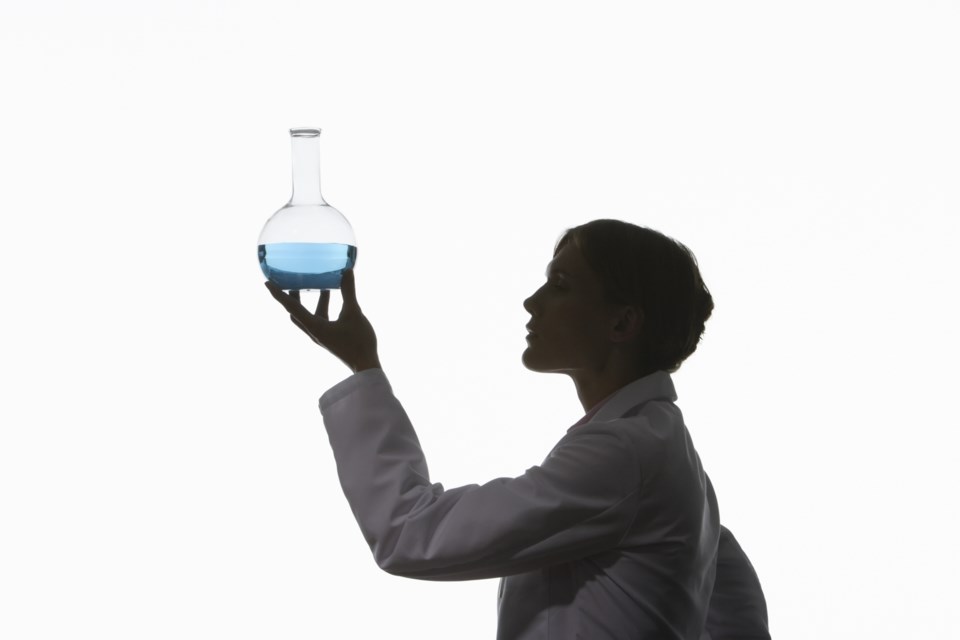Women in science have always faced sexist challenges, and many have been forgotten by history. But since the beginning of science itself, women have been at the forefront of discovery.
From hidden figures like computer Katherine Johnson to science superstars like chemist Marie Curie, women have made innumerable contributions to scientific research. Today, high-profile women are revolutionizing their fields and smashing records, such as NASA astronaut Christina Koch, who returned from the longest female spaceflight in February 2020, logging 328 days in space.
Early female scientists faced significant challenges. Many were denied entrance to graduate schools. Women lucky enough to be admitted were sometimes forced to sit behind a screen in the corner of class to avoid distracting their male peers. Some had credit for their work stolen by influential men, and others were criticized for findings considered too revolutionary to be believable.
Though the number of women in science has increased throughout the years, less than 30% of researchers throughout the world are women, according to the UNESCO Institute for Statistics. In North America and Western Europe, only 32.7% of researchers are women. In the sciences, female researchers are also paid less, published less, and promoted less than men.
This inequality hasn't stopped women scientists from achieving success or advocating for other women's success. Many who have gained public recognition, such as NASA astronaut Sally Ride, used their sway to help educate girls in the sciences. Organizations such as Girls Who Code are also dedicated to teaching girls and young women tangible skills to help them succeed in science, technology, engineering, and mathematics.
Stacker compiled a list of 53 trailblazing women in science from news, historical, and government reports. The women in this list represent many nationalities, races, religions, and socioeconomic backgrounds. Read on to learn about female researchers who broke barriers in the world of science.
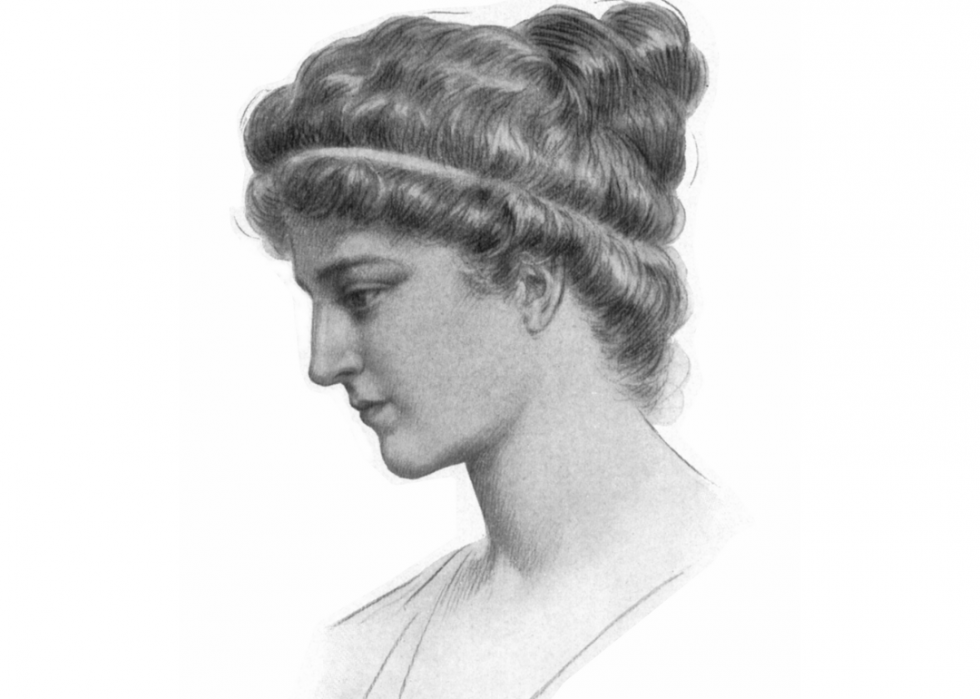
Hypatia
Hypatia of Alexandria, Egypt, was the first woman to make significant gains in the fields of mathematics, astronomy, and philosophy. A Pagan born in 370 C.E. in an increasingly Christian world, she was eventually mutilated and murdered by radical Christian monks. Several years after her death, her writings were destroyed in a raid on the Museum of Alexandria.
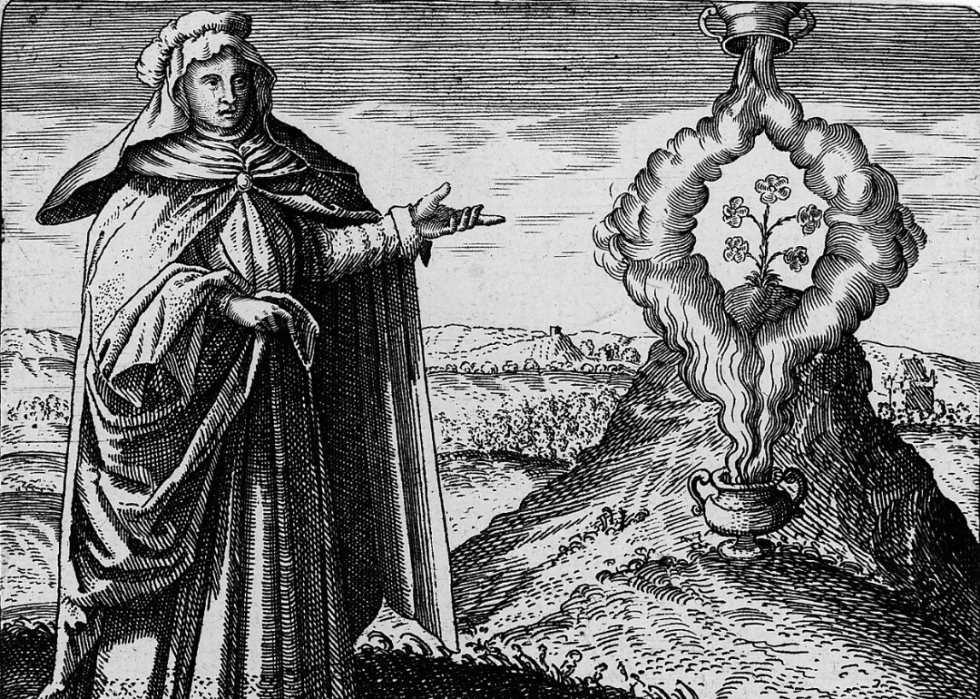
Mary the Jewess
Mary the Jewess is credited as the first alchemist, a scientist with the goal of turning lead into gold. She lived in Egypt sometime around the first century and taught alchemy in Alexandria. She also created several technologies, such as the Bain-Marie, a device that purifies liquids and is often used in chemistry and cooking.
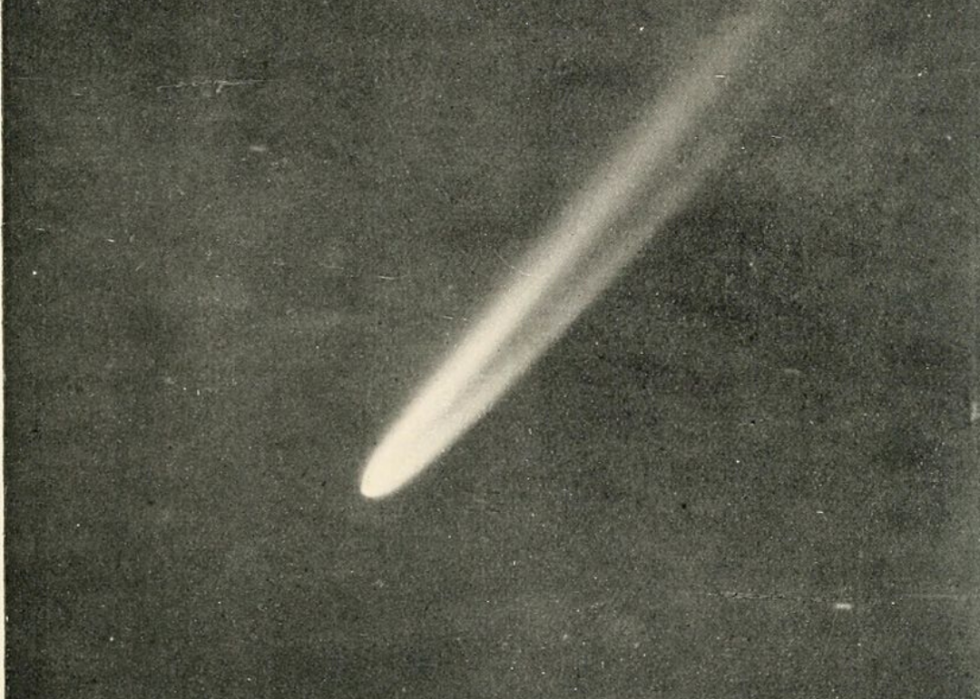
Maria Winkelmann
A German astronomer born in 1670, Maria Winkelmann was the first woman to discover a comet, the Comet of 1702. She married the famous astronomer Gottfried Kirch, and together they made the Berlin Academy of Science a major player in astronomy research, though women could not study at universities.
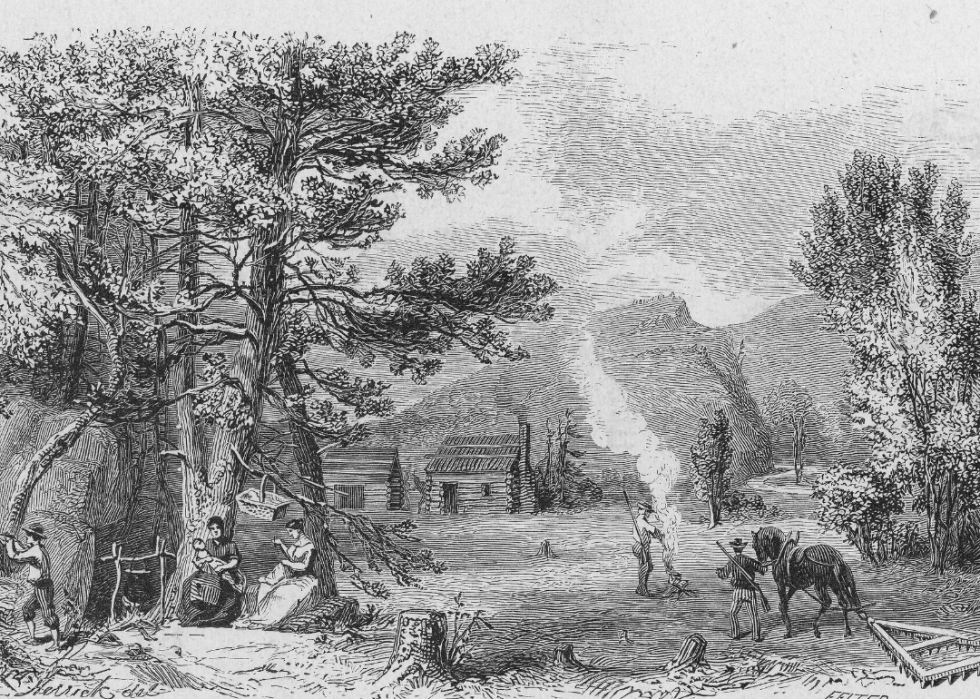
Martha Daniell Logan
Martha Daniell Logan was a master horticulturist who ran a gardening business in colonial South Carolina and exchanged seeds with botanist John Bartram. For over 50 years, she edited and published many versions of her "Gardener's Calendar," which became a standard for gardeners in the state.
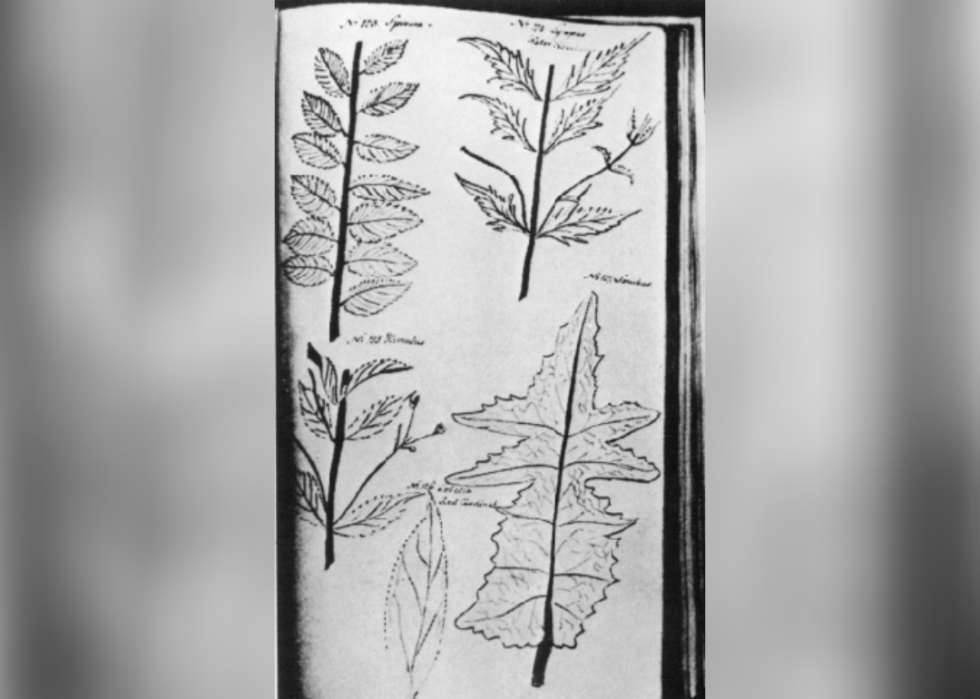
Jane Colden
Jane Colden, born in 1724, is recognized as the first woman botanist in U.S. history. She documented 400 species of plants in rural New York, where she spent most of her life. Her manuscript, complete with drawings and descriptions of the plants, can be found in the British Museum in London.
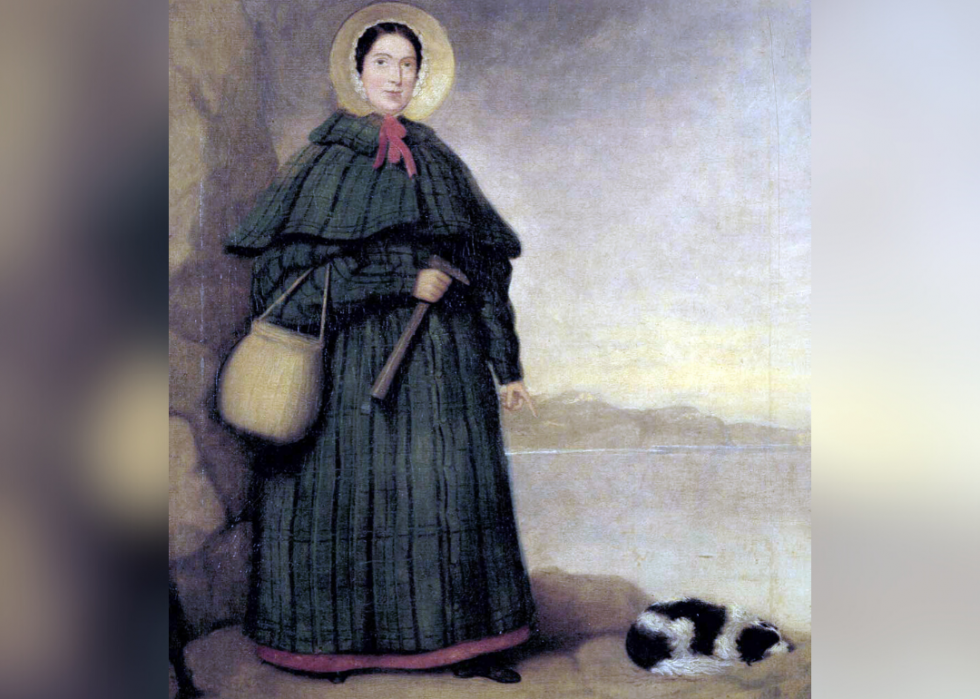
Mary Anning
Mary Anning was born in 1799 in Lyme Regis in Dorset, now nicknamed the Jurassic Coast, to a low-income family of Protestants. She was a trailblazer in paleontology who began hunting for fossils as a girl alongside her amateur fossil collector father. She made several major dinosaur discoveries that supported the controversial concept of extinction.
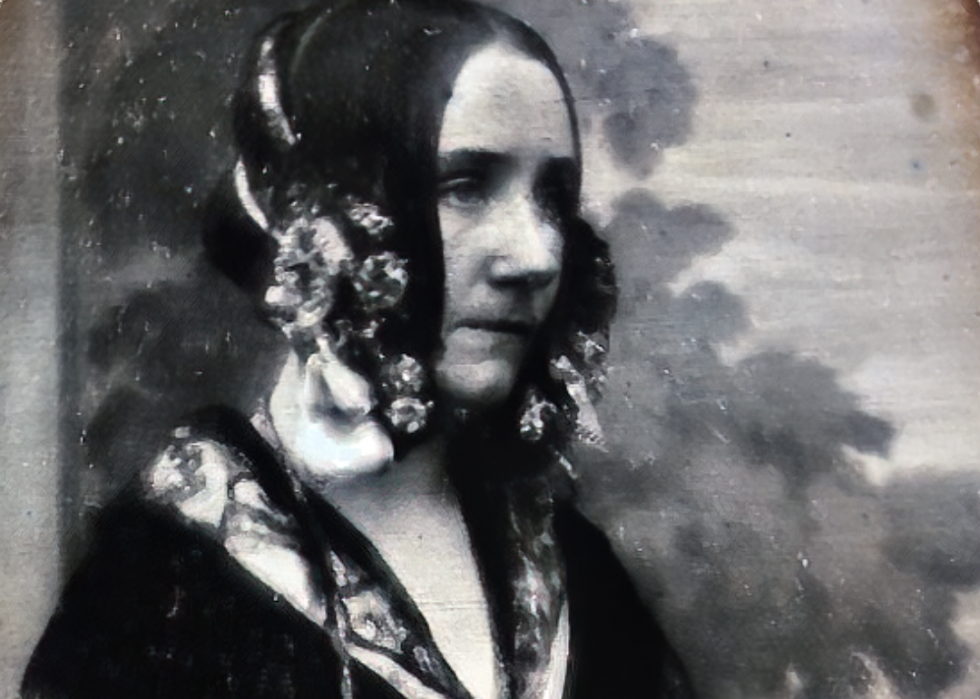
Ada Lovelace
Born in 1815 to English poet Lord Byron, Ada Lovelace is now accepted as the first computer programmer. She wrote a program for Charles Babbage's computer, the Analytical Engine, which was conceptualized but never actually constructed.
Though her work was largely forgotten until the mid-20th century, Ada Lovelace Day is now celebrated on the second Tuesday of October each year to honour women in science, technology, engineering, and mathematics.
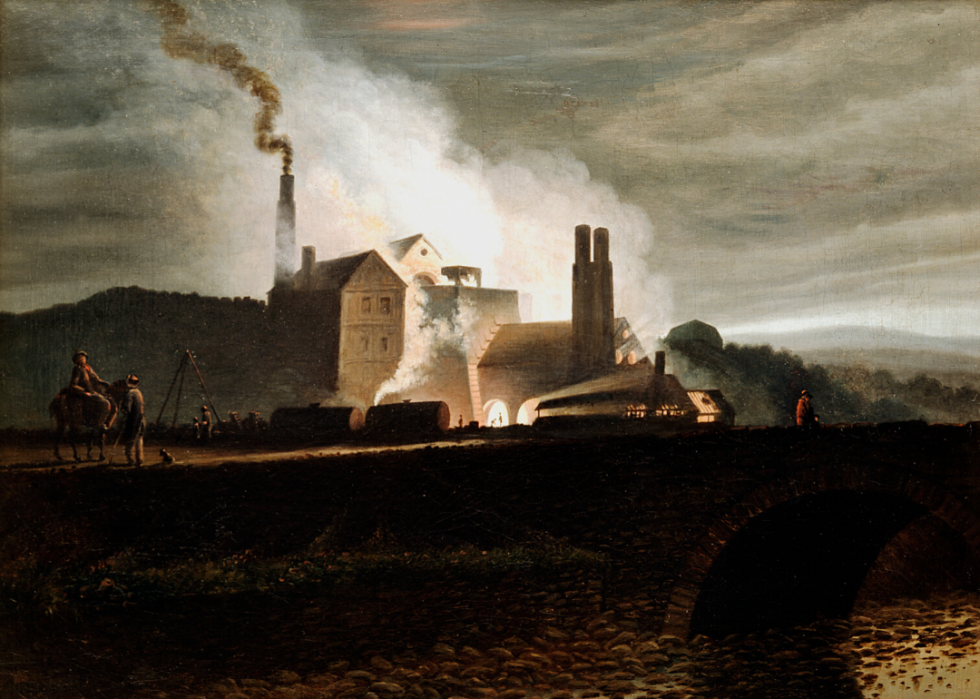
Eunice Foote
Eunice Foote was an American climate science pioneer who hypothesized the greenhouse gas effect in 1856. However, John Tyndall, an Irish physicist who made the same prediction three years later, received credit in the history books until Foote's work was rediscovered in 2011. Foote was also involved in the women's rights movement and was the fifth of approximately 100 people to sign the Declaration of Sentiments for women's rights.
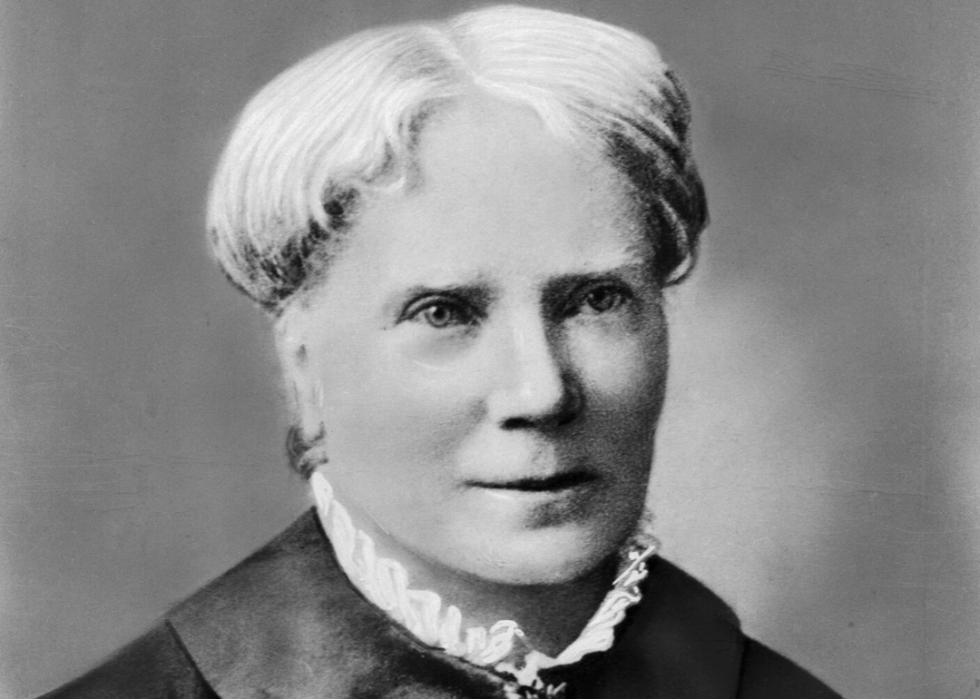
Elizabeth Blackwell
Born near Bristol, England in 1821, Elizabeth Blackwell was the first woman to receive a medical degree in the United States.
She was turned away from nearly every medical school she applied to and was only accepted to New York's Geneva College as a practical joke. Despite facing sexism and her family's pennilessness, Blackwell graduated at the top of her class and eventually established a women's medical college.
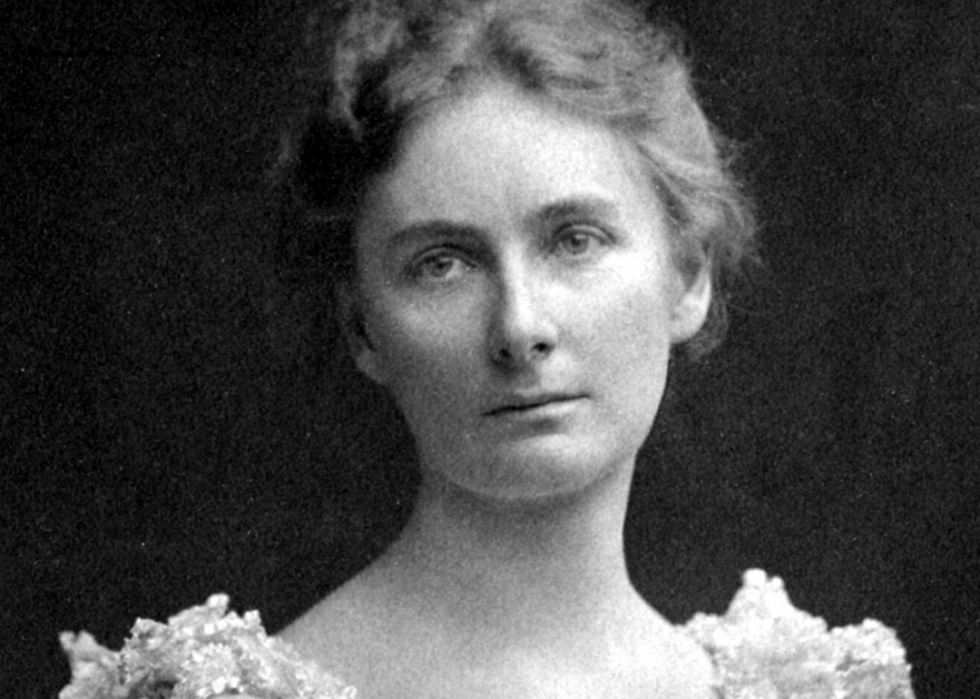
Florence Bascom
In 1893, American geologist Florence Bascom became the first woman to graduate with a doctorate from Johns Hopkins University. She was forced to attend lectures from behind a screen to avoid distracting the men in the class. She went on to be the second woman to join the Geological Society of America and the first to be hired by the U.S. Geological Survey.
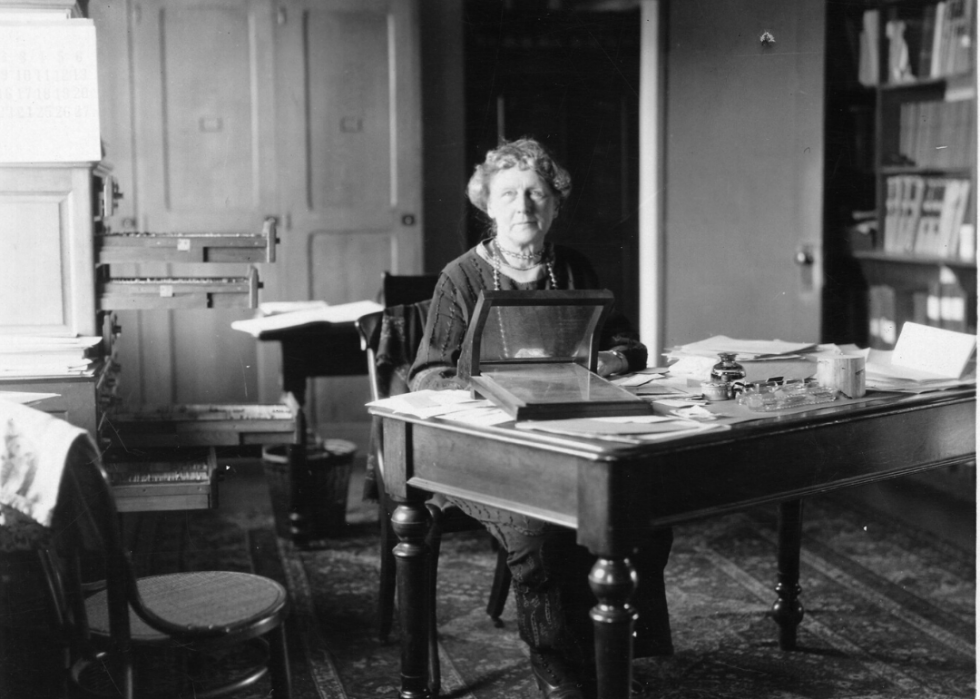
Annie Jump Cannon
Annie Jump Cannon was an American astronomer most famous for creating the system to classify stars used to this day. She categorized over 300,000 stars in her lifetime. In her legacy, the American Astronomical Society grants the Annie Jump Cannon Award in Astronomy to a promising early career female astronomer in North America every year.
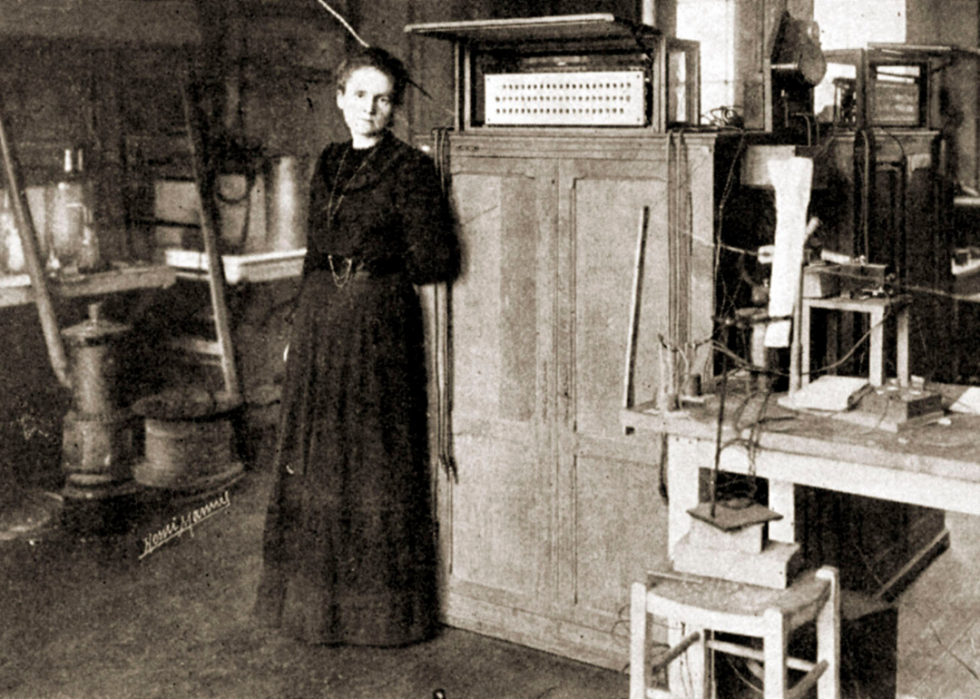
Marie Curie
One of the most famous women in science, Marie Curie was the first of her gender to win a Nobel Prize—and she claimed not one but two of the awards. Marie Curie was a physicist and chemist, and she worked with her husband, Pierre Curie, to discover the elements polonium and radium. She conducted groundbreaking research in radioactivity which likely led to her death in 1934.
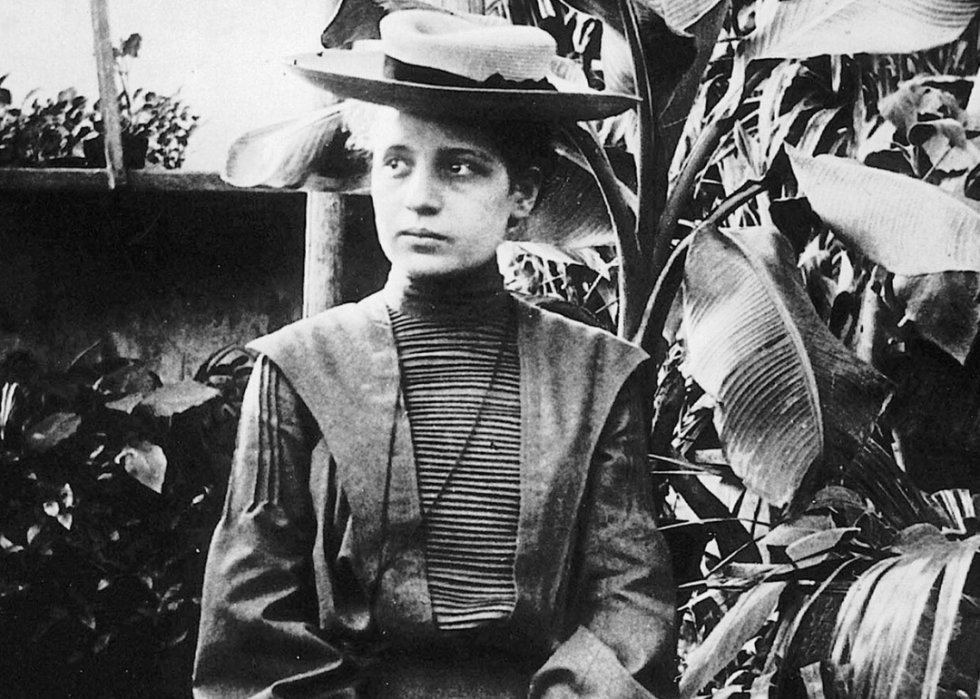
Lise Meitner
Austrian physicist Lise Meitner discovered that uranium splits in two during some chemical reactions, a finding that revolutionized the field of nuclear physics and paved the way for the atomic bomb. A Jew in Austria during Nazi Germany's rule, Meitner was forced to flee. Her escape cost her the opportunity to publish her findings alongside her colleagues.
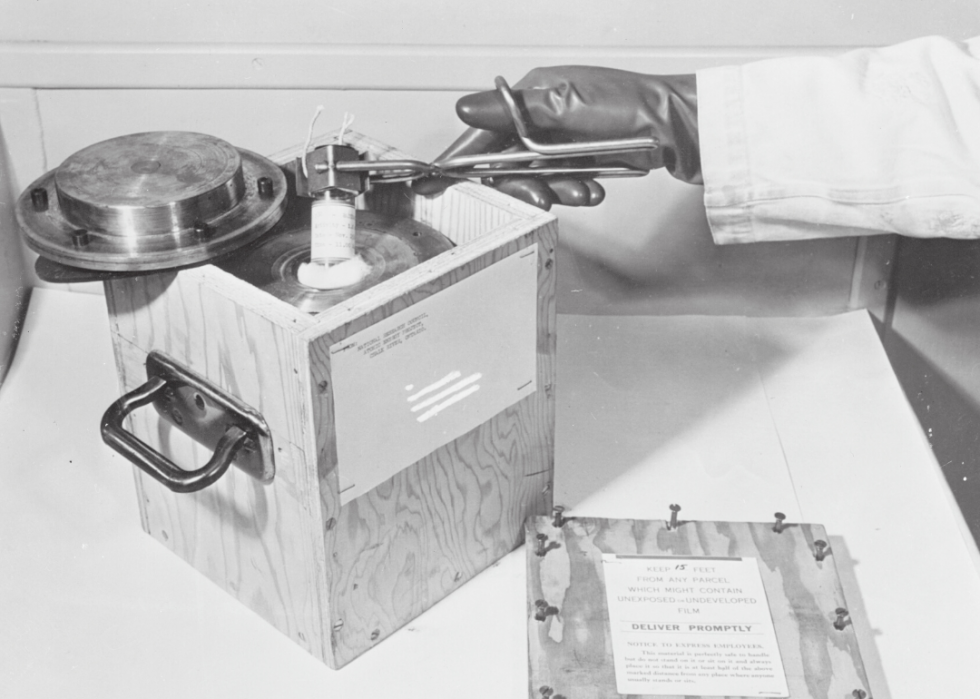
Elizabeth Rona
Elizabeth Rona was a radiochemist born in Budapest in 1890 who lived through the danger following World War I and the collapse of the Austro-Hungarian Empire. She studied radioactivity in seawater, making fundamental discoveries that eventually allowed scientists to chart historic sea levels. Her work was also crucial to the purification of the element polonium.
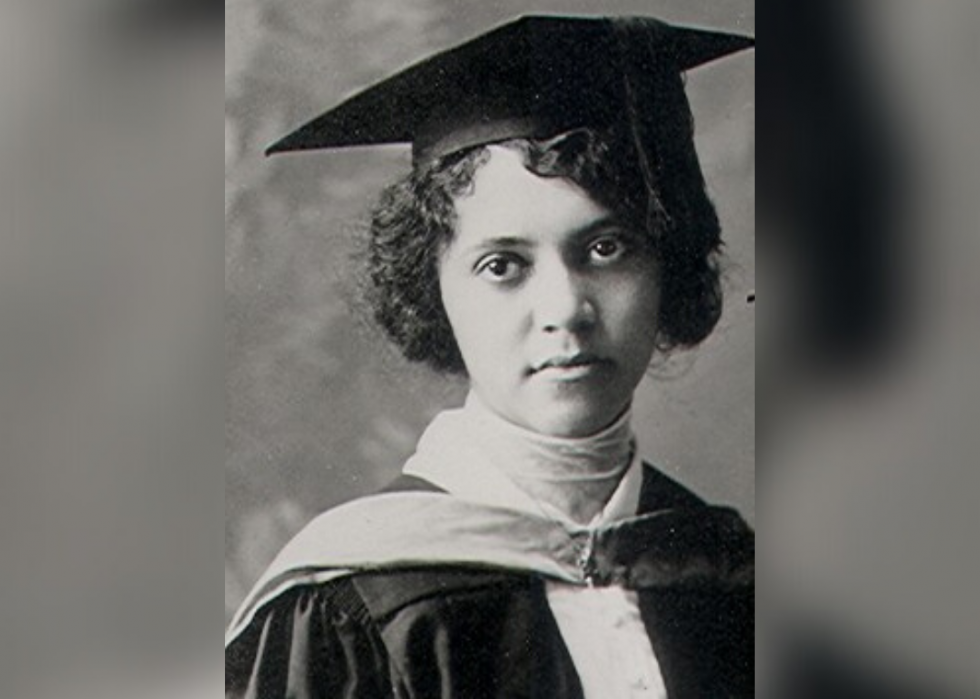
Alice Ball
At 24 years old, chemist Alice Ball discovered a treatment for leprosy, a disease that was often lethal before her breakthrough. Ball died a year after her finding, in 1916, from chlorine gas inhalation during a class she was teaching at the College of Hawaii, now known as the University of Hawaii. The president of the college, Arthur Dean, claimed her discovery for his own until the truth was uncovered in historical records of Black individuals in Hawaii in 1977.
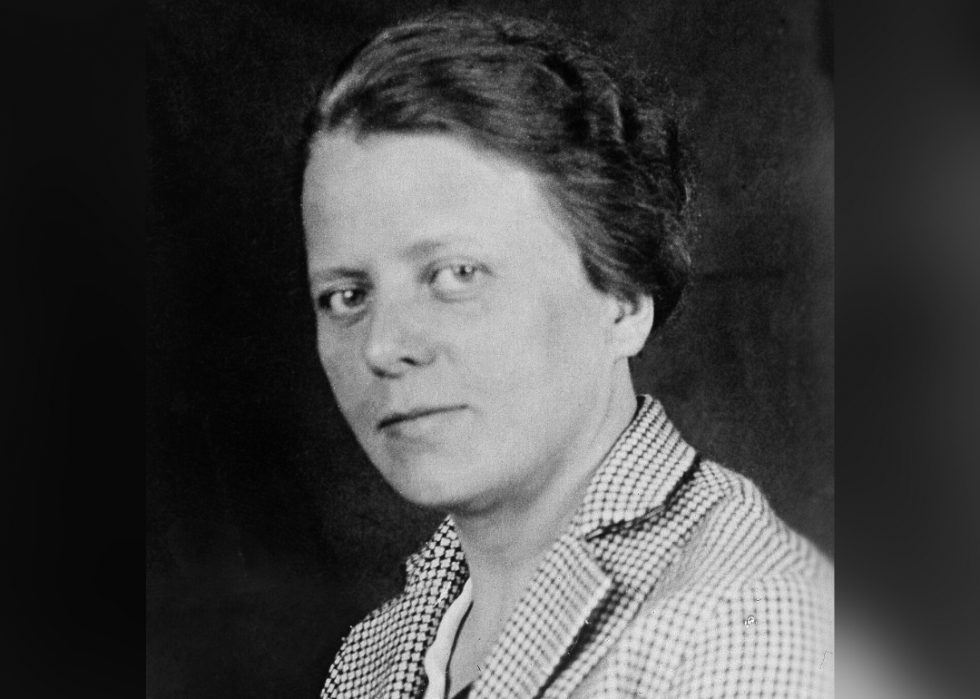
Ida Noddack
German chemist and physicist Ida Noddack discovered the metal rhenium with her husband Walter Noddack in 1925. She also conceived of nuclear fission, or the splitting of a heavy atomic nucleus, though her idea was not accepted by the scientific community for many years.
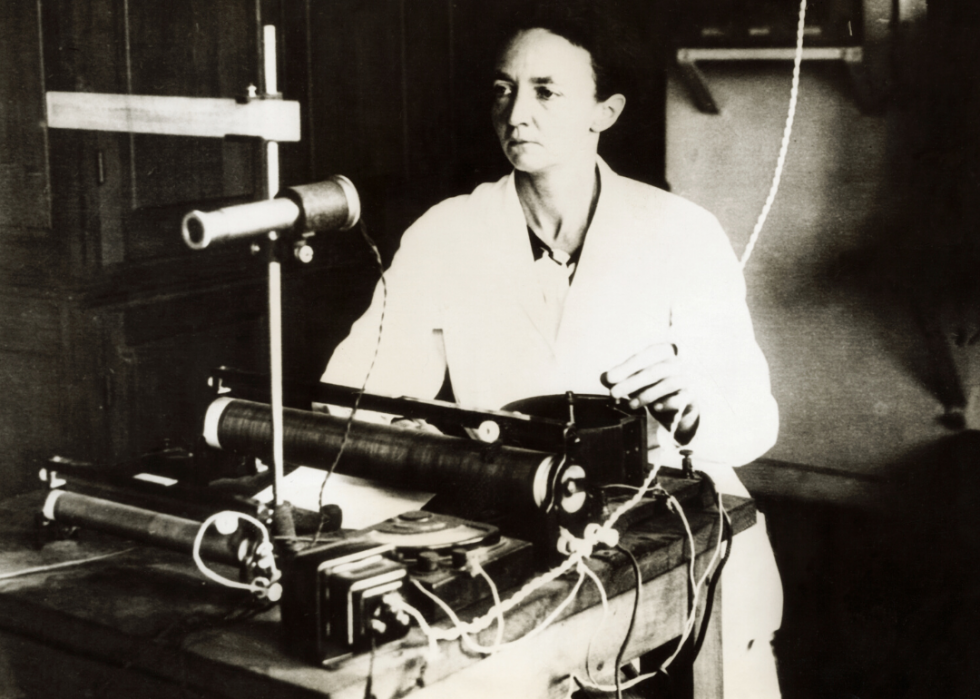
Irene Joliot-Curie
Irene Joliot-Curie was born to Nobel Prize winners Marie and Pierre Curie in 1897. She became a Nobel winner in her own right in 1935 for her chemical synthesis of radioactive elements. In her honour, the Joliot-Curie crater on Venus bears her name.
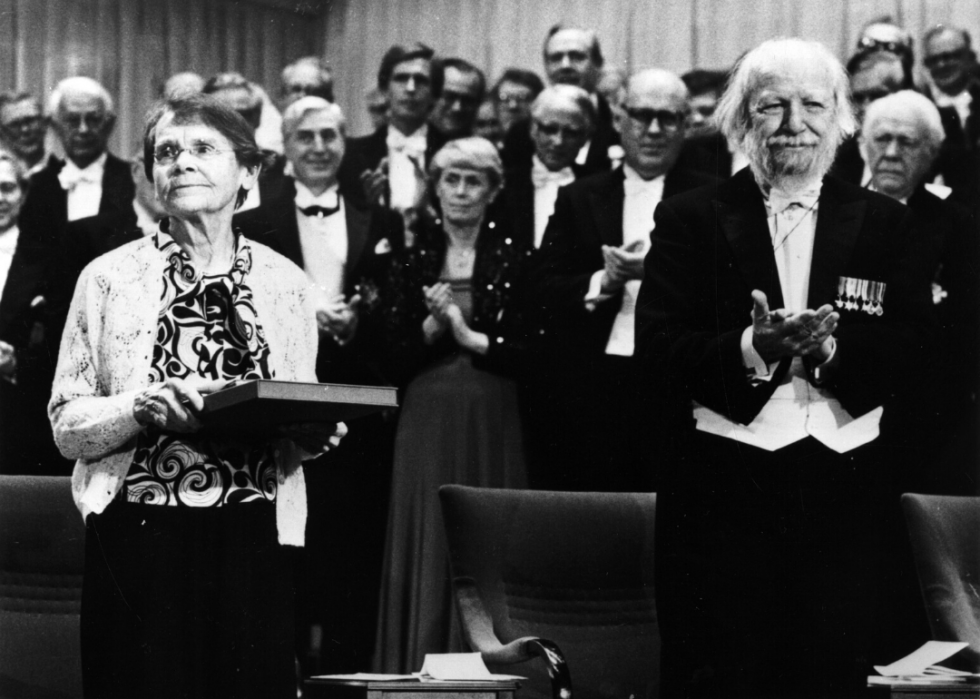
Barbara McClintock
American geneticist Barbara McClintock won the Nobel Prize in Physiology or Medicine in 1983 for her finding that genes can change positions within DNA. She discovered mobile DNA elements called transposons, which comprise over 65% of the human genome. She became the first female president of the Genetics Society of America in 1945.
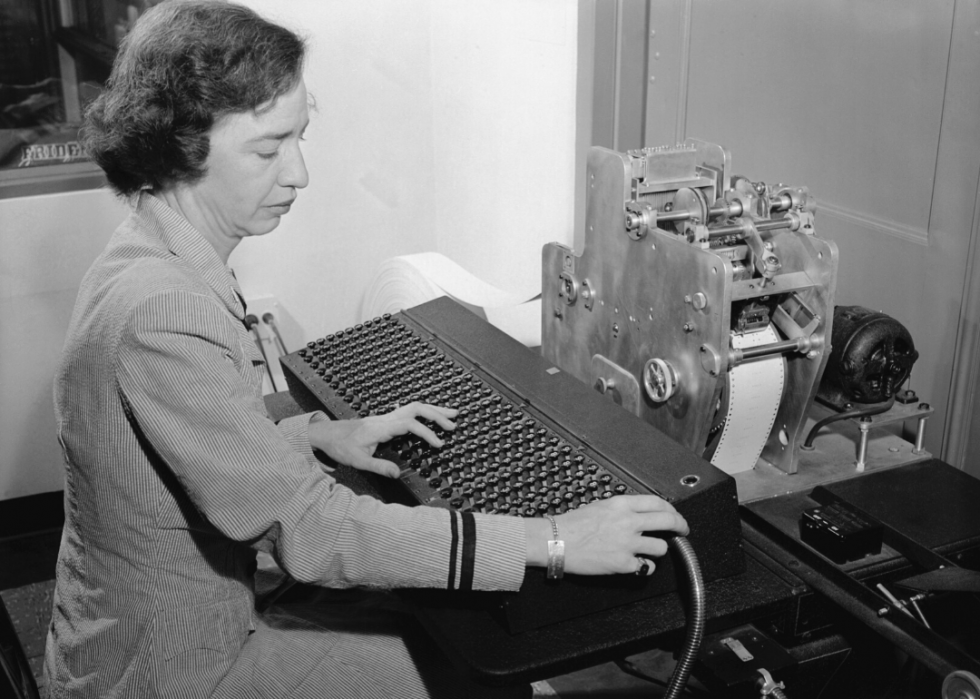
Grace Hopper
One of the first women to earn the rank of rear admiral in the U.S. Navy, "Amazing" Grace Hopper was also one of the country's first computer scientists. She was a member of the team that developed the first commercial computer, and she minted the term "bug" in reference to a computer error. She also invented the first compiler, a translator from written instructions to computer code.
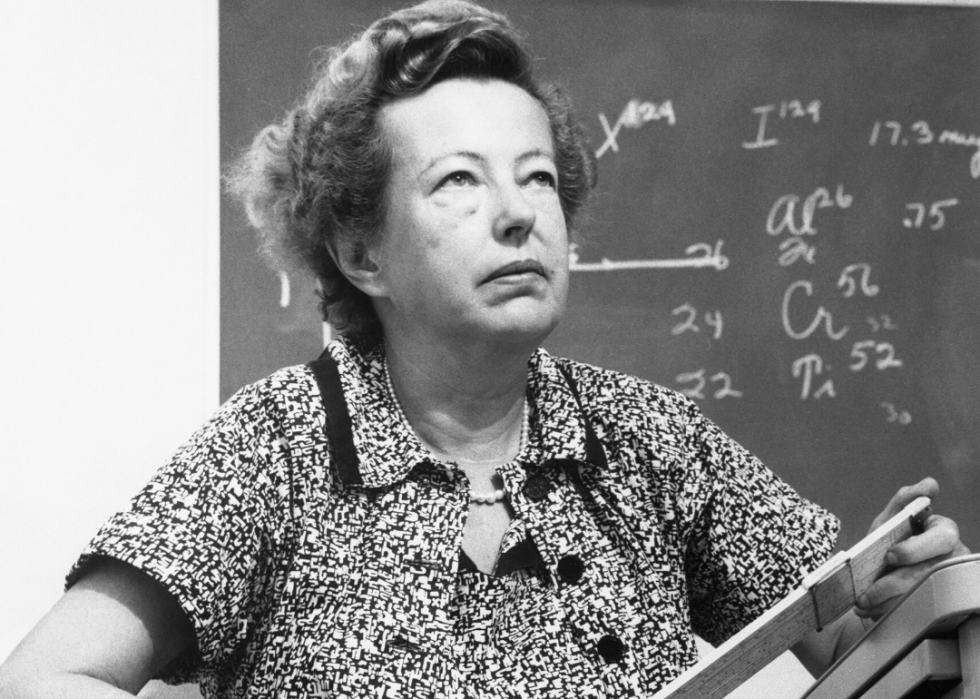
Maria Goeppert Mayer
Born in Germany, Maria Goeppert Mayer moved to the U.S. with her husband in 1930, so he could work at Johns Hopkins University, where she performed volunteer research. Mayer made fundamental findings of nuclear structure, though she was relegated to unpaid research positions for many years. In 1963, she won the Nobel Prize in Physics, the second of only four women to hold that distinction.
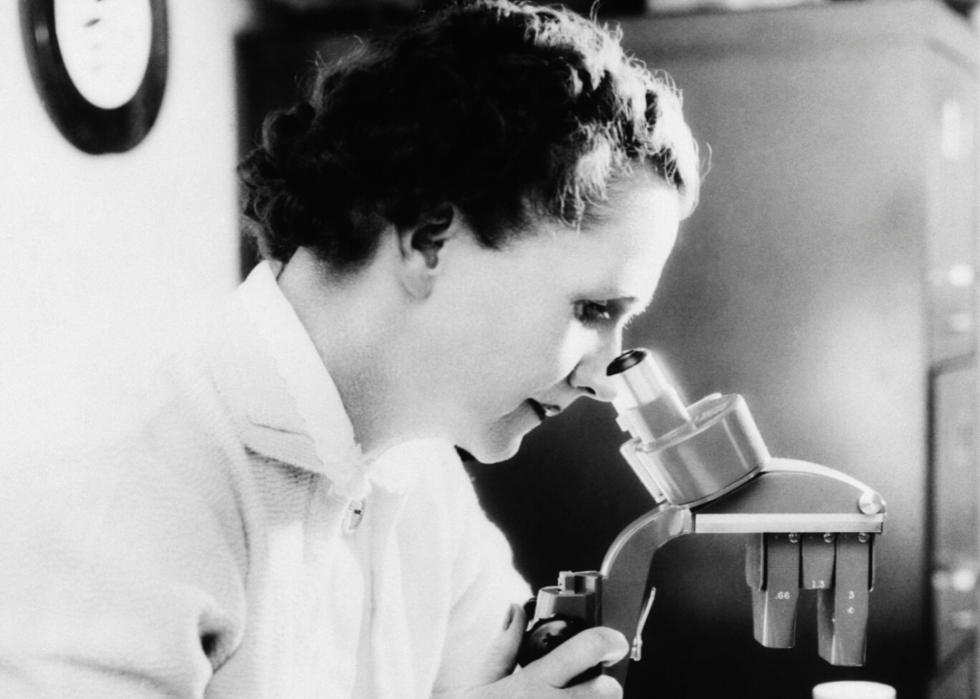
Rachel Carson
Environmentalist and marine biologist Rachel Carson is most famous for her book "Silent Spring." Published in 1962, the book focuses on how pesticides damage the environment. It kickstarted the American environmental movement, led to a federal ban on the pesticide DDT, and spurred environmental laws such as the Clean Water Act.
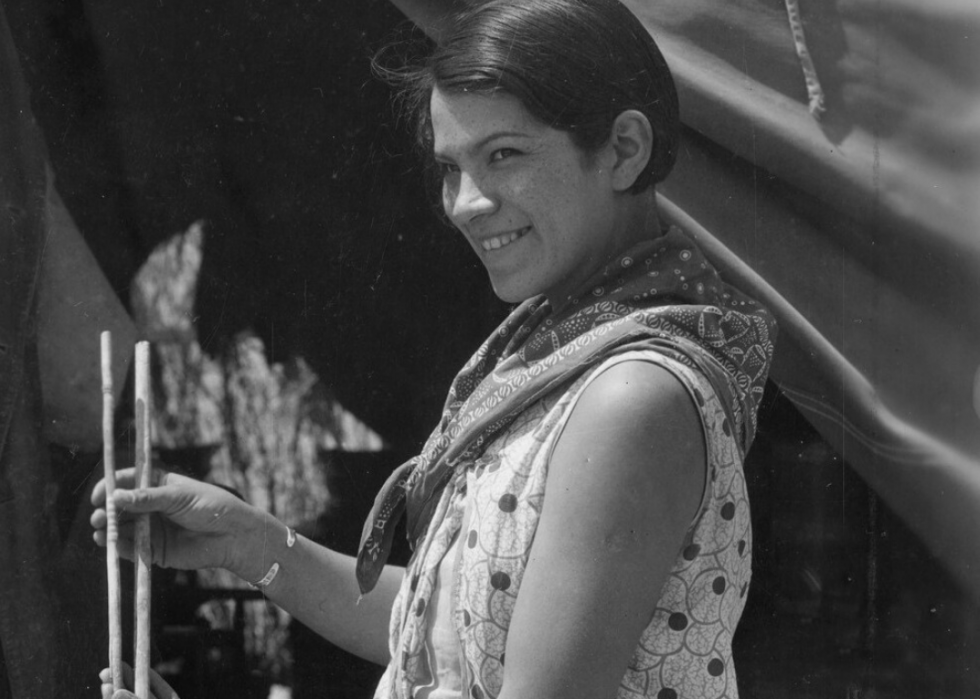
Bertha Parker
Born in 1907, Bertha Parker surrendered life in show business to become the first woman Native American archaeologist. Though she started the expedition of Gypsum Cave in Nevada as a secretary, she made the most significant discovery of the excursion: the intact skull of a giant sloth near human artifacts. At the time, her finding was the earliest record of humans living in North America, dating their presence back 10,000 years.
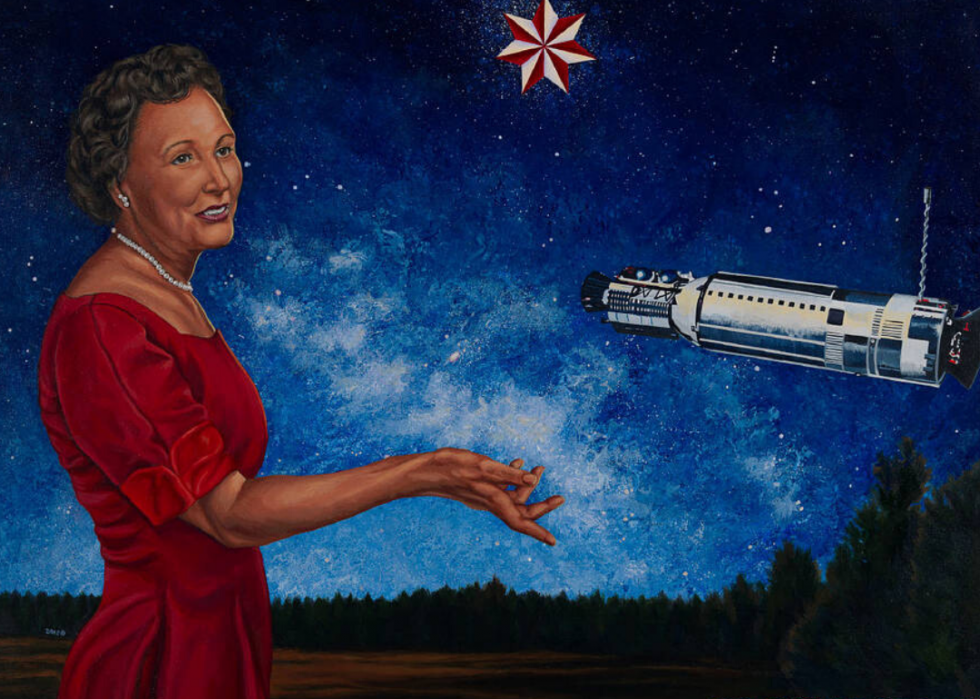
Mary Golda Ross
Mary Golda Ross was a Native American trailblazer in aerospace engineering. She was the only female member of a secretive engineering think tank called Skunk Works, and many of the projects she worked on are still classified. When she died in 2008, Ross granted the National Museum of the American Indian in Washington D.C. a $400,000 endowment.
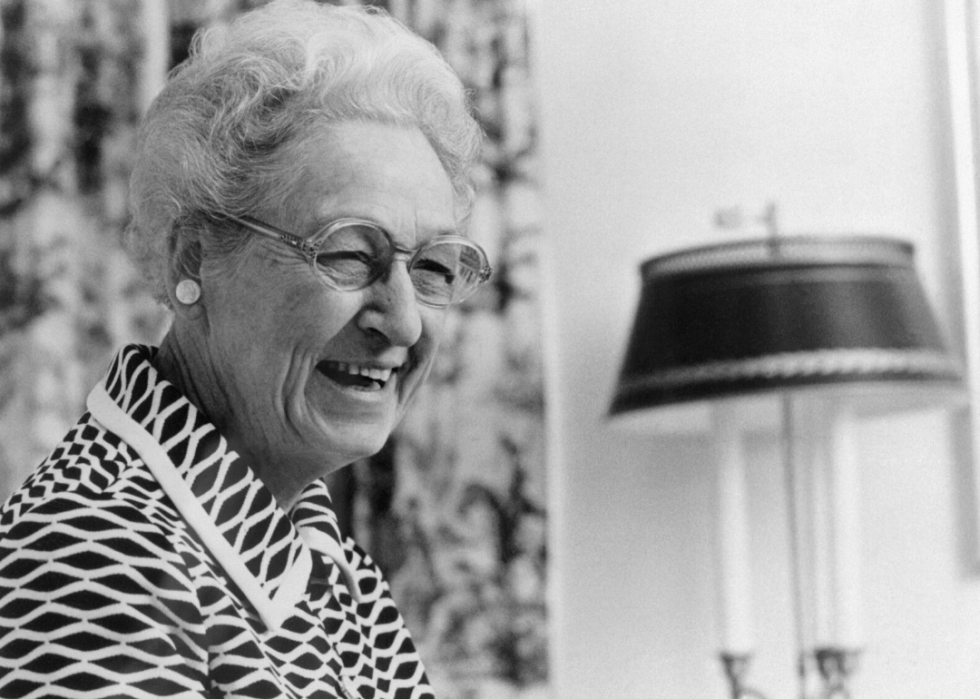
Virginia Apgar
Despite facing financial issues during the Great Depression, Virginia Apgar became one of the first women to earn a medical degree from Columbia University in 1933. Prenatal complications often went undetected in babies and claimed many lives. Apgar developed a now universal test, called the Apgar score, to quickly rate a baby's health in the crucial minutes following birth.
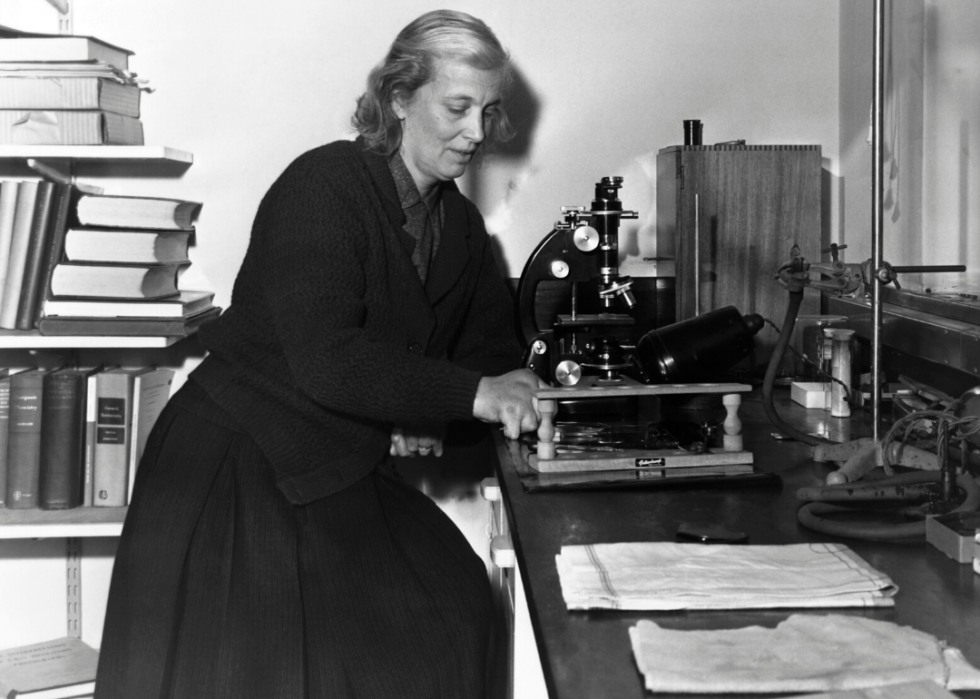
Dorothy Hodgkin
When she was in her 20s, British chemist Dorothy Hodgkin developed rheumatoid arthritis after an infection. Unable to use some of her experimental equipment, she invented workarounds to continue her research. Hodgkin won the Nobel Prize in Chemistry in 1964 for discovering the atomic structure of penicillin, insulin, and other important molecules using X-ray techniques.
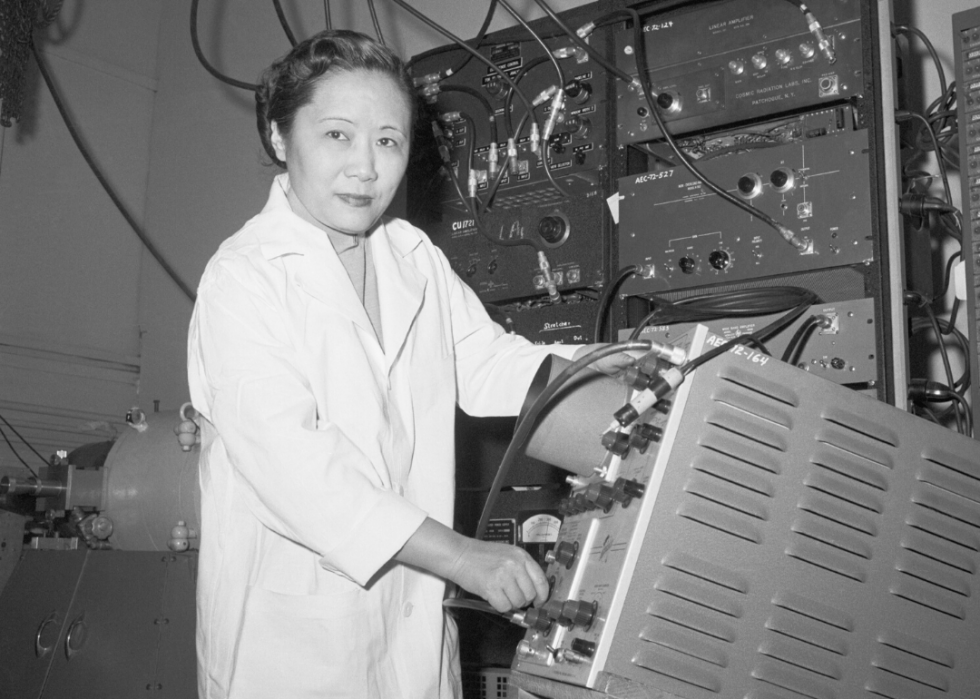
Chien-Shiung Wu
Chinese American physicist Chien-Shiung Wu proposed and proved that left and right directions matter in weak nuclear reactions. She was snubbed for the Nobel Prize, and two of her colleagues won the award for the work. A leader in her field, Wu also contributed to the Manhattan Project, the government's secret construction of the atomic bomb. Wu became the American Physical Society's first female president in 1975.
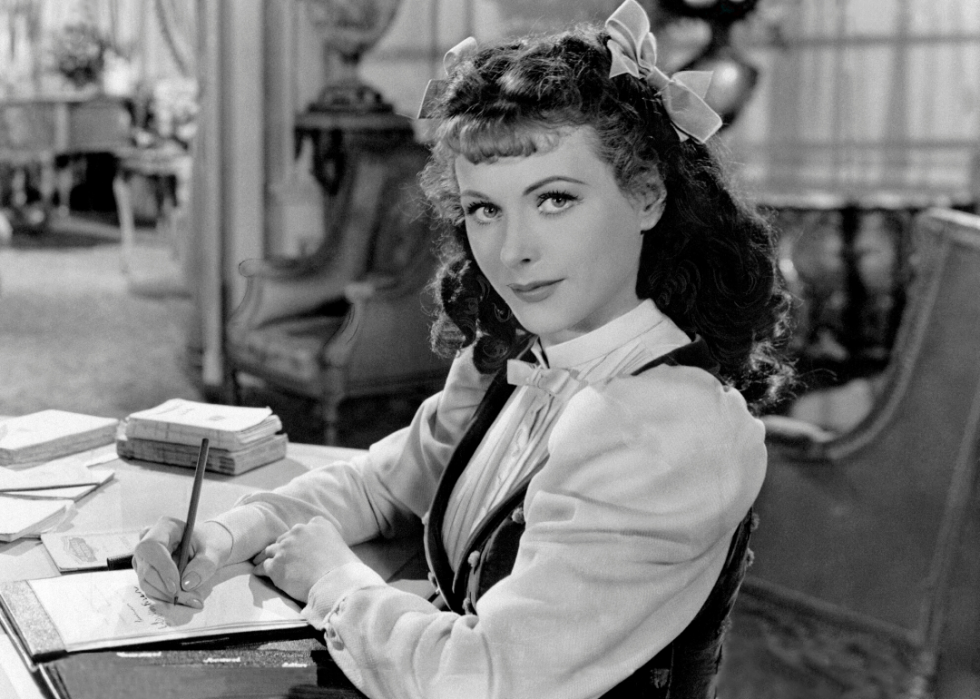
Hedy Lamarr
Most known for her career on screen, Austrian American actress Hedy Lamarr was also an inventor, even tinkering between film takes. During the World War II era, she developed a communications system to guide torpedoes using radio waves. Lamarr's "frequency hopping" system prevented enemy interception and laid the groundwork for WiFi, GPS, and Bluetooth technology.
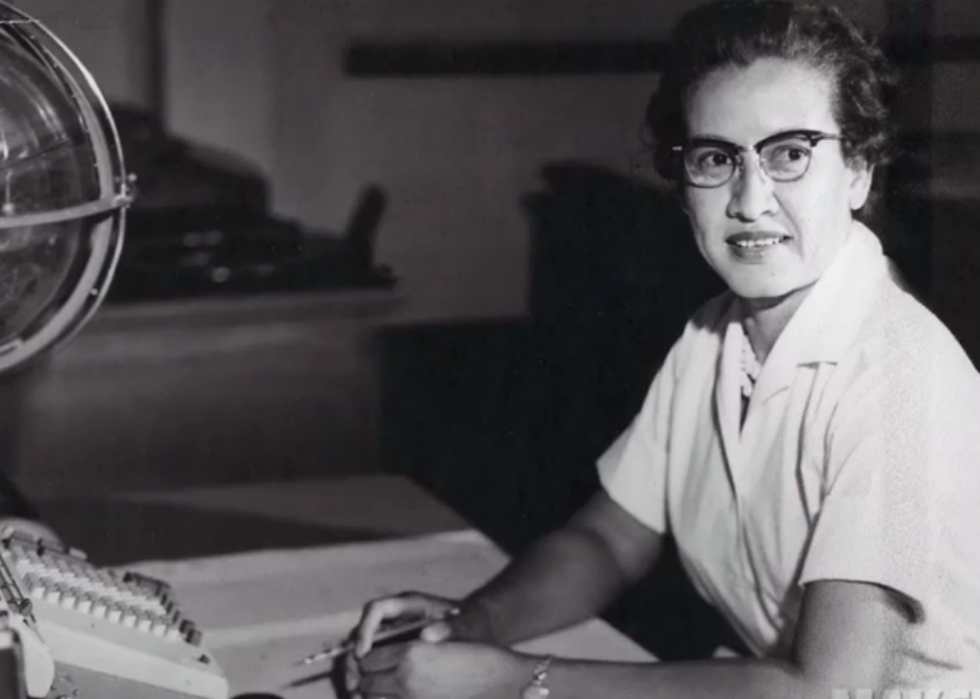
Katherine Johnson
Katherine Johnson was critical to the success of NASA's Apollo 11 mission, calculating the trajectory to transport the crew to the moon and back. She worked with a small team of Black women mathematicians who remained unsung heroes of space travel for most of Johnson's life. President Barack Obama bestowed Johnson with the Presidential Medal of Freedom in 2015, and her legacy was celebrated in the 2016 movie "Hidden Figures."
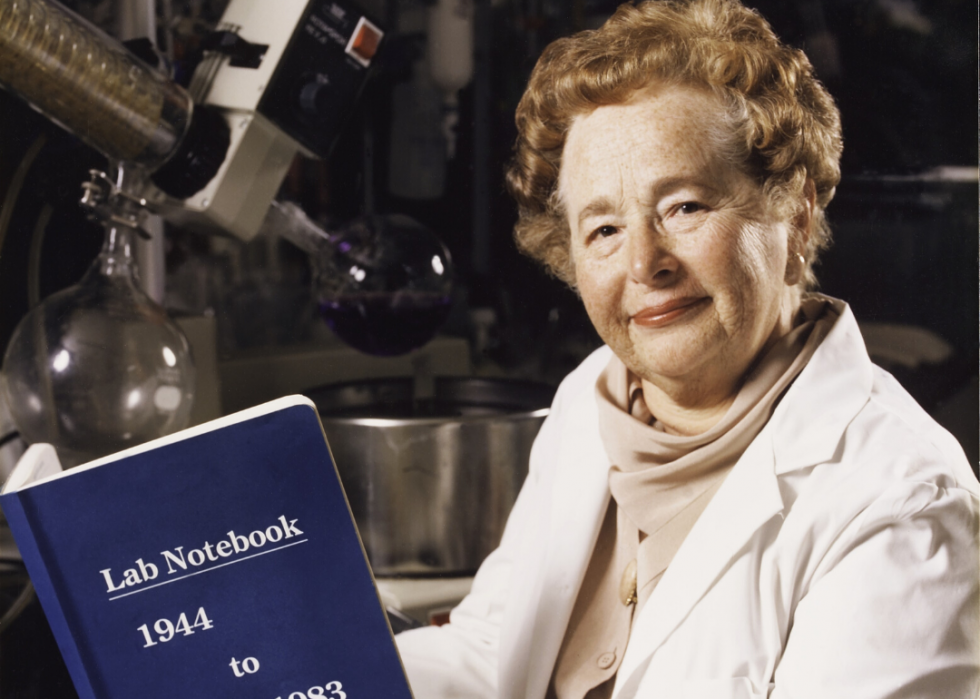
Gertrude Elion
Alongside doctor George Hitchings, American biochemist Gertrude Elion revolutionized drug development by targeting cell growth, paving the way for treatments for herpes, leukemia, gout, and many other diseases. In 1988, Elion won the Nobel Prize for Physiology or Medicine for her achievements.

Jane Cooke Wright
Jane Cooke Wright was a trailblazing cancer treatment researcher and surgeon. In 1967, she was named associate dean at New York Medical College, becoming the first African American woman to hold the post—and the highest ranking African American woman—at any recognized medical institution. She was also chosen by President Lyndon Johnson to serve on the Commission on Heart Disease, Cancer and Stroke.
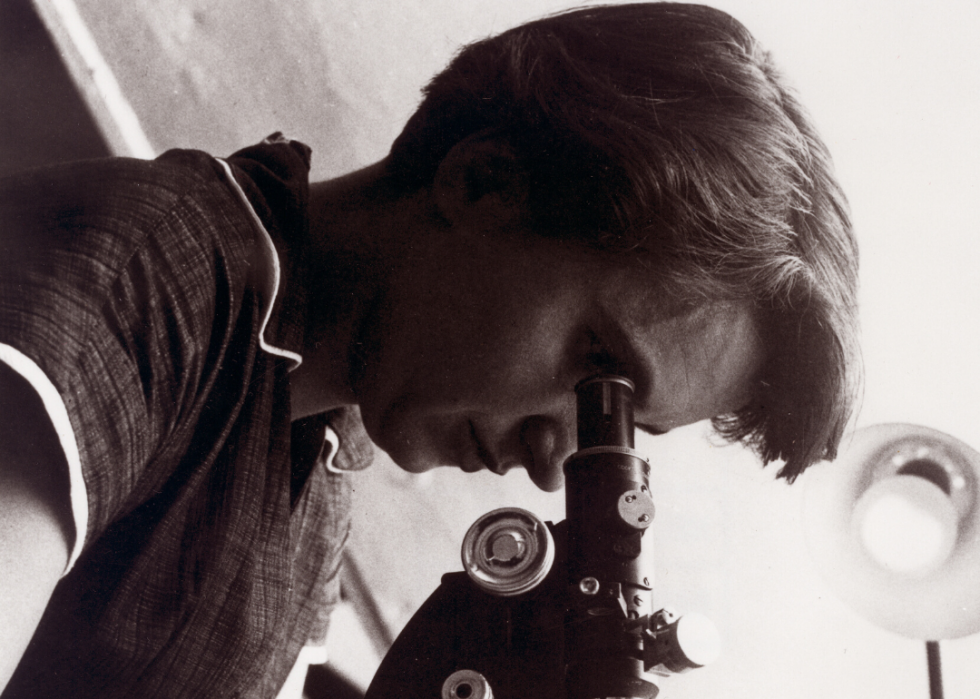
Rosalind Franklin
English chemist Rosalind Franklin was pivotal to the discovery of DNA's double-helix structure, though she was long denied credit. Franklin took the X-ray picture of DNA that sparked Watson's idea for the model. Her picture was unpublished, and her colleague Maurice Wilkins showed it to Watson and Crick without Franklin's knowledge or consent.
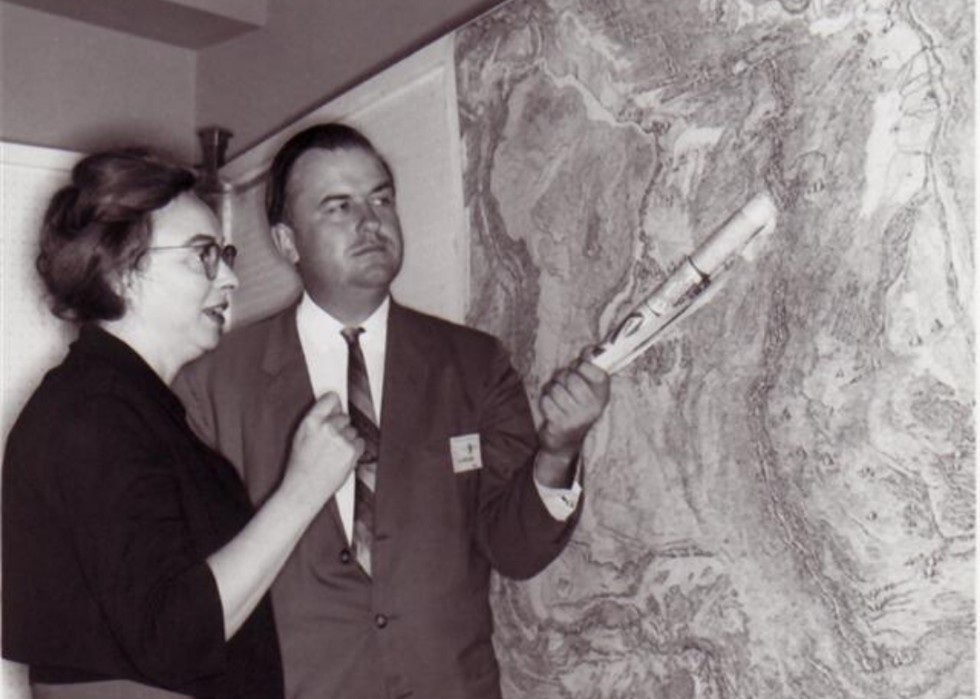
Marie Tharp
Geologist Marie Tharp charted one of the first exhaustive maps of the ocean floor. She discovered the Mid-Atlantic Ridge and determined that the Earth's crust was splitting and being replaced by cooled magma. Her finding supported the theory of plate tectonics, but her superior initially dismissed her idea as "girl talk."
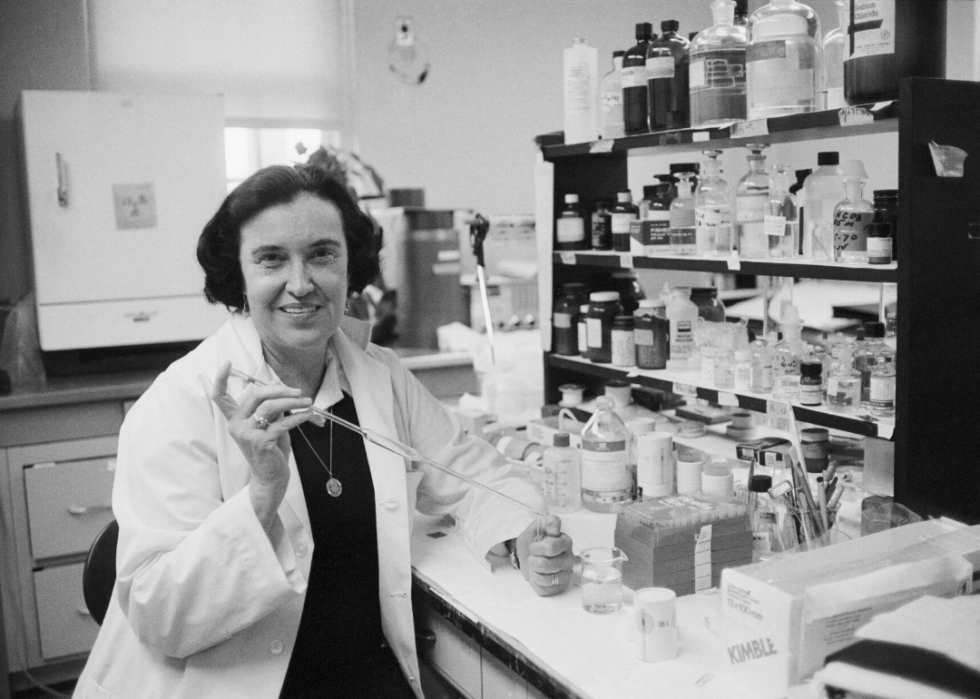
Rosalyn Sussman Yalow
In 1977, American medical physicist Rosalyn Sussman Yalow won the Nobel Prize in Physiology or Medicine, making her the second woman to do so. She was honored for her quick and sensitive method of measuring concentrations of hundreds of substances, such as drugs, hormones, and viruses.
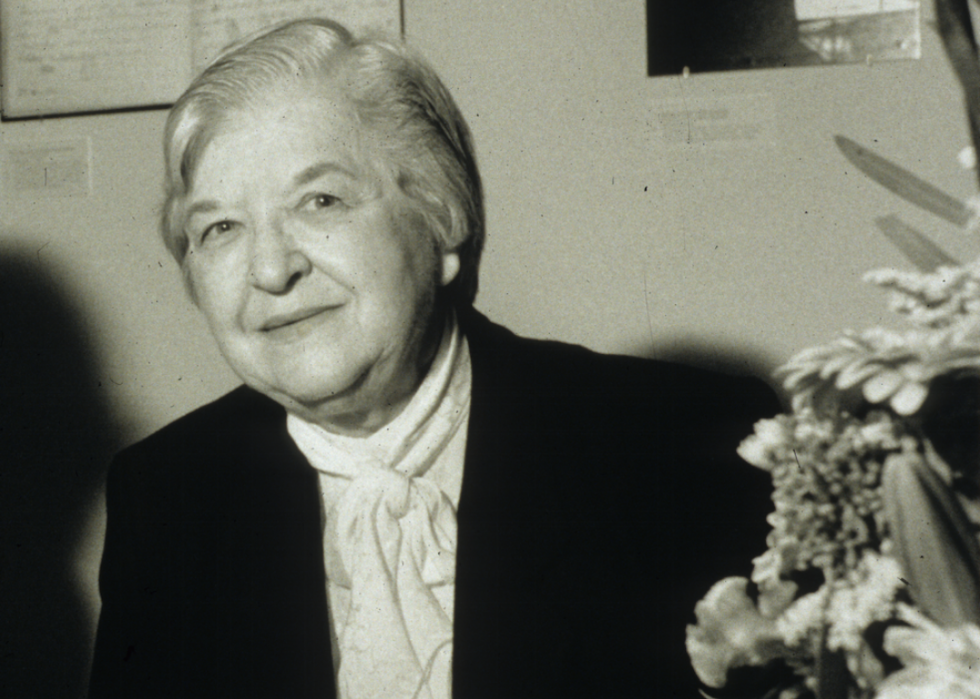
Stephanie Kwolek
Stephanie Kwolek was an American chemist who unexpectedly discovered a liquid crystalline solution with molecules that lined up in parallel. When the liquid is spun, it creates unusually strong synthetic fibers. The fibers Kwolek discovered are integral to Kevlar, which is used in bulletproof vests and ropes that suspend bridges.
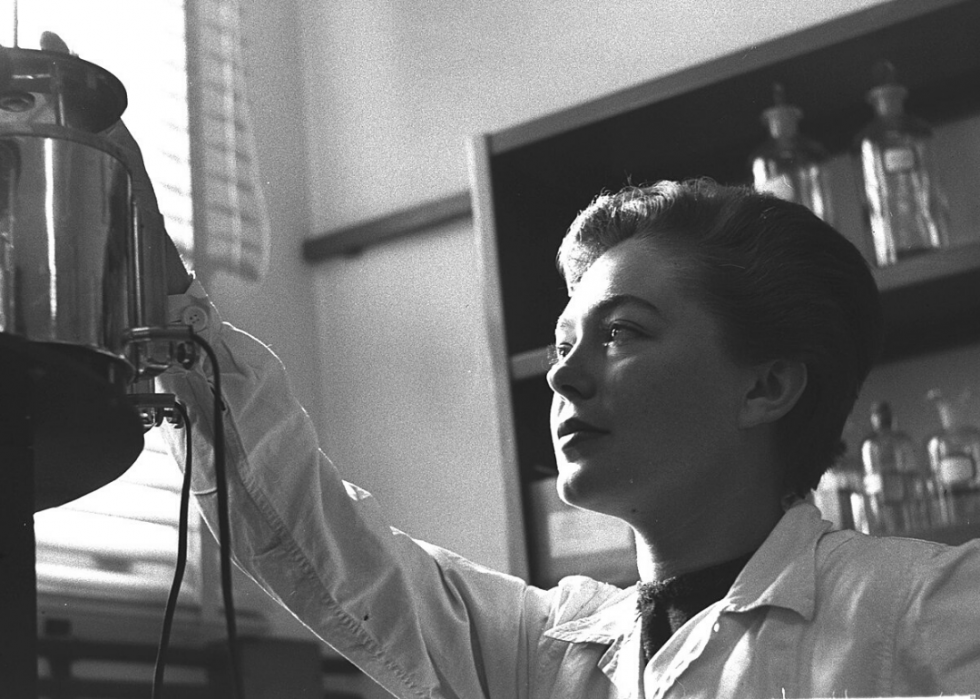
Mathilde Krim
Originally a cancer researcher, Mathilde Krim switched to AIDS research and advocacy when the HIV/AIDS epidemic struck, establishing the AIDS Medical Foundation in 1983. Krim was also a philanthropist and donated millions of dollars to causes such as animal welfare, human rights, and cultural preservation.
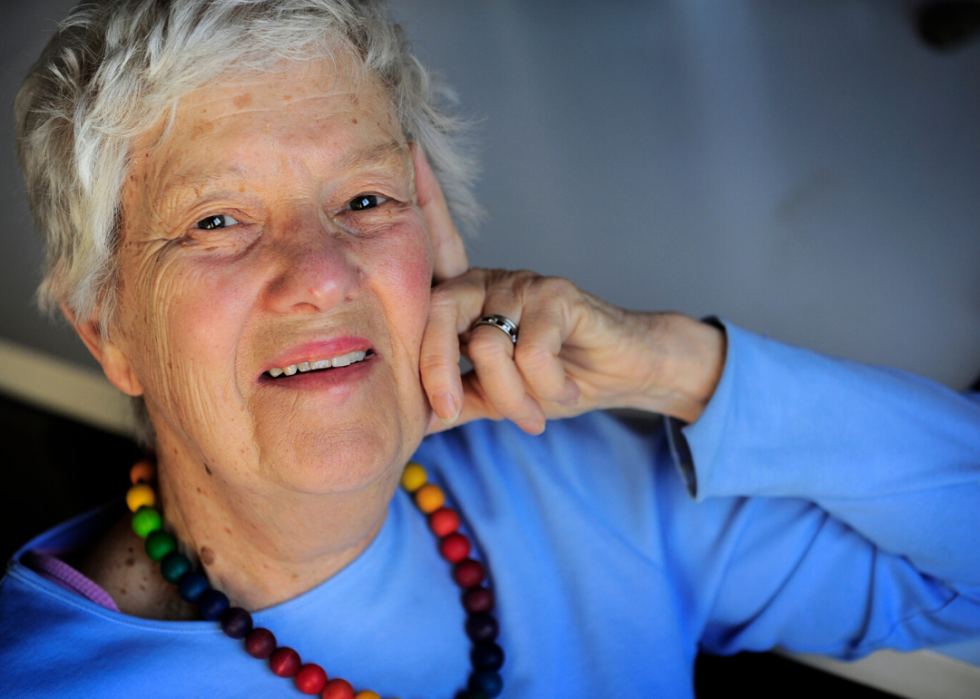
Vera Rubin
Overcoming sexist policies barring women from some graduate schools, American astronomer Vera Rubin demonstrated that galaxies are mostly made up of invisible dark matter. In her memory, the National Science Foundation renamed the Large Synoptic Survey Telescope as the Vera C. Rubin Observatory—making the U.S. national observatory the first in the country to be named after a woman astronomer.
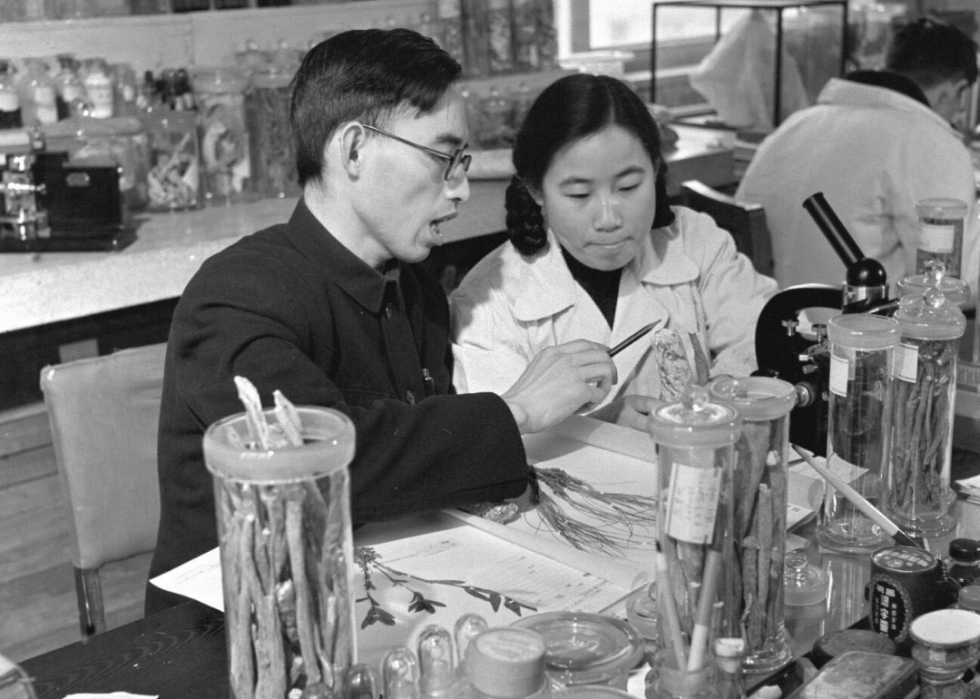
Tu Youyou
Chinese chemist Tu Youyou's discovery of the malaria drug artemisinin was inspired by traditional Chinese medicine. Youyou volunteered as the first human to receive the drug to test its safety. Despite not holding a medical degree or doctorate, she won the Nobel Prize in Physiology or Medicine in 2015 for her work.

Mildred Dresselhaus
American nanotechnology expert Mildred Dresselhaus uncovered the qualities of carbon, launching the element into the spotlight of material sciences and nanotechnology. The "queen of carbon," as Dresselhaus was called, advocated for women in the sciences and co-founded the Massachusetts Institute of Technology's first Women's Forum to consider how women can participate in science.
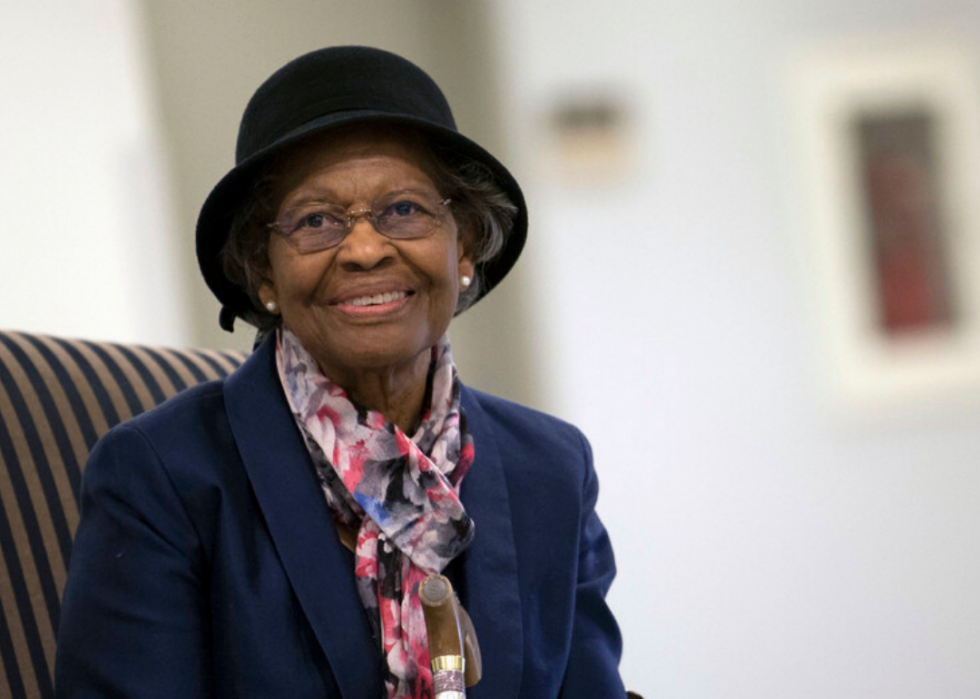
Gladys West
African American Air Force mathematician Gladys West used information from satellites to create an accurate model of Earth's shape. This model was vital to the development of GPS technology. West was initiated into the Air Force Space and Missile Pioneers Hall of Fame in 2018.
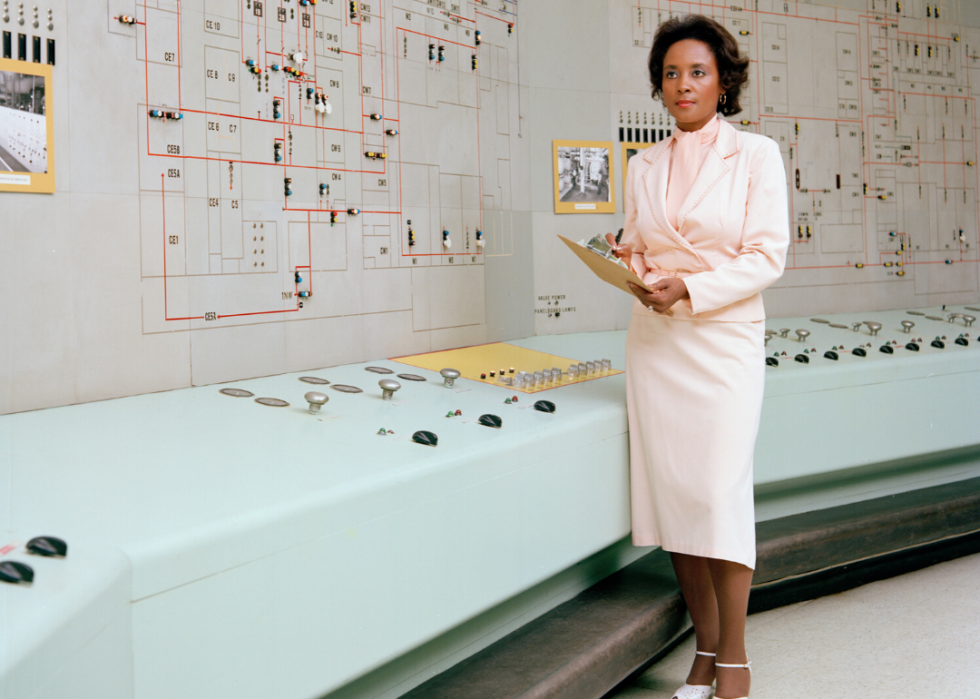
Annie Easley
Rocket scientist Annie Easley worked at NASA for over 30 years. She wrote code for the Centaur rocket, which NASA used to send the Cassini space probe to Saturn. Despite her successes, she faced racial discrimination at NASA, such as being denied financial assistance for additional coursework.
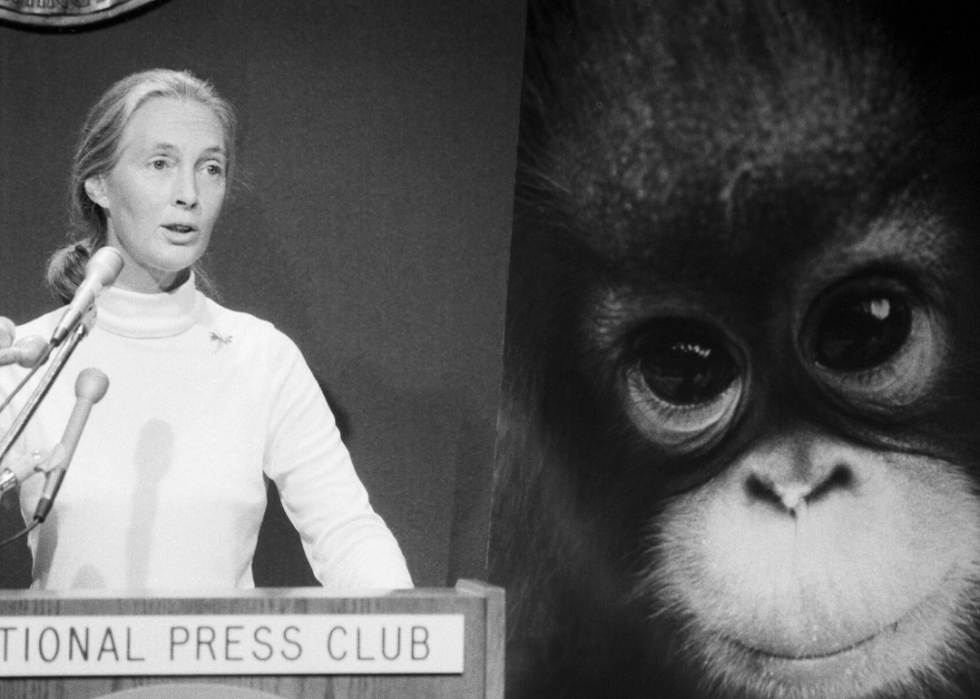
Jane Goodall
In the 1960s, primatologist Jane Goodall took to Gombe Stream National Park in Tanzania to study chimpanzees—without proper training. Goodall overturned many false beliefs about our close relatives, discovering that chimpanzees are omnivores, use tools, and maintain intricate social lives.
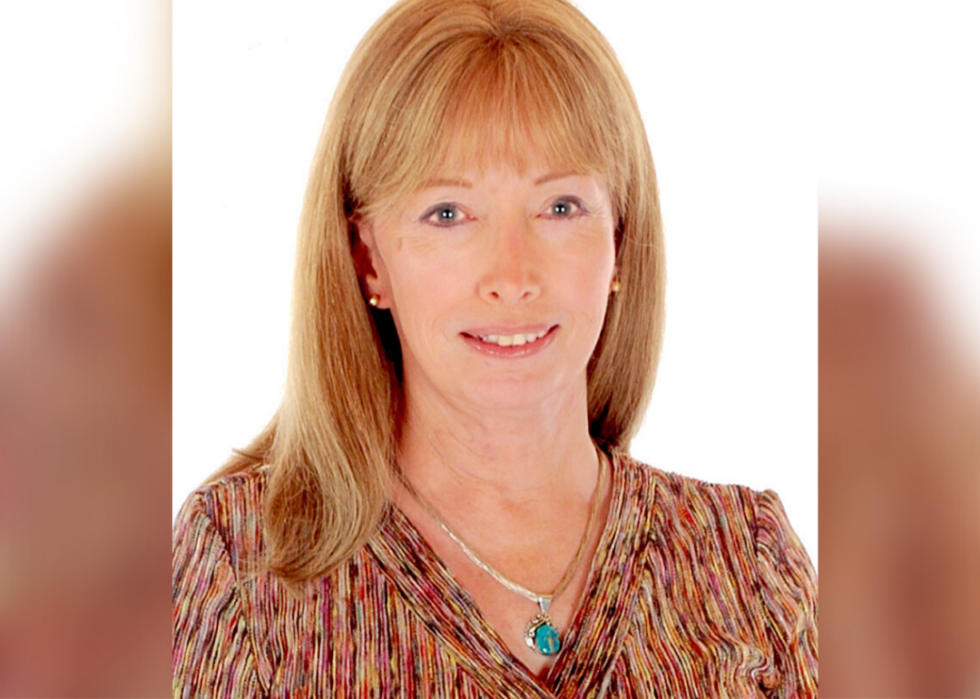
Lynn Conway
Retired electrical engineering and computer science professor Lynn Conway once designed computer architecture for IBM. However, the company fired Conway, a transgender woman, in 1968 when they learned of her gender transition. Since then, Conway has not only advocated for LGBTQ+ rights but also has made breakthroughs in silicon chip design.
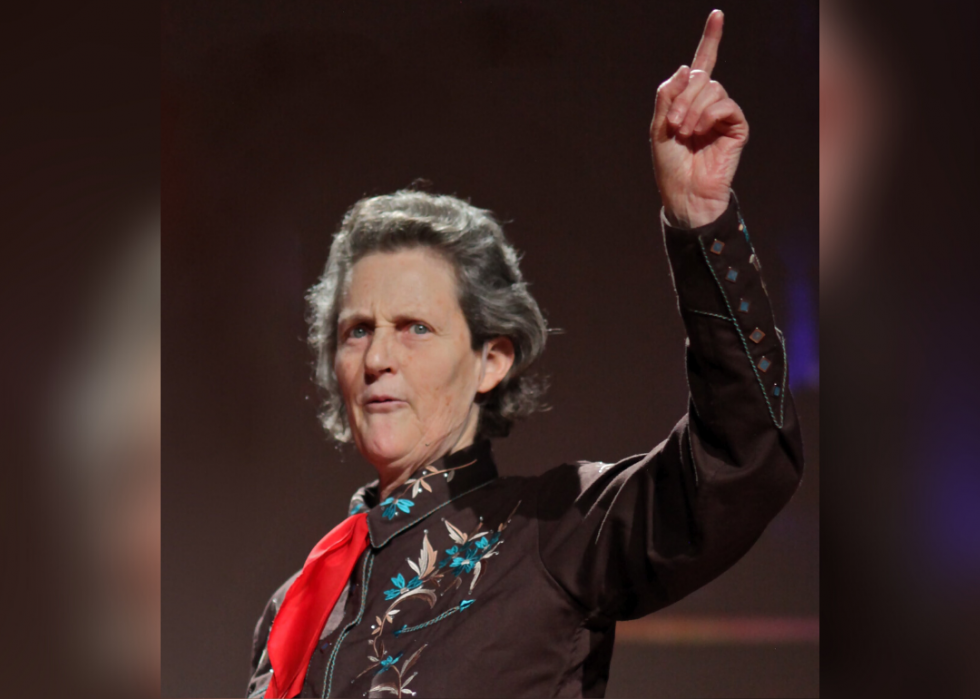
Temple Grandin
Temple Grandin, an expert in animal science, initiated efforts to make handling cattle more humane. She credits her autism for her ability to connect with and understand animals. Now, Grandin works as a consultant for major U.S. companies and writes about her experiences with autism.
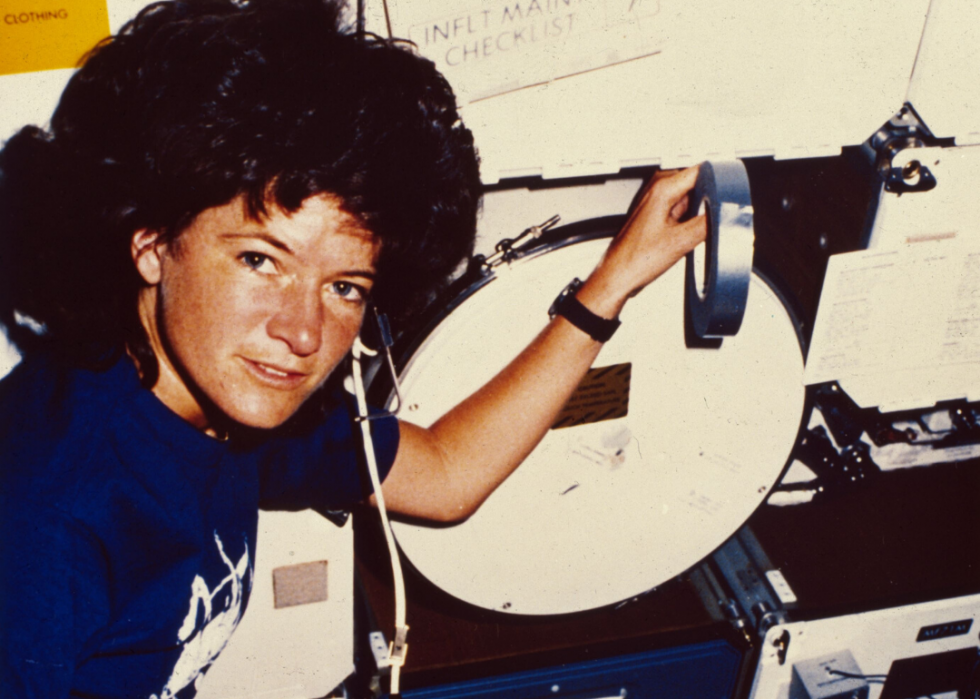
Sally Ride
In 1983, Sally Ride became the first American woman to travel to space, serving as the mission's flight engineer. Ride, who was partnered to Tam O'Shaughnessy for 27 years, was also the first openly gay astronaut. The two women co-founded the organization Sally Ride Science in 2001 to encourage students, especially girls, to pursue science.
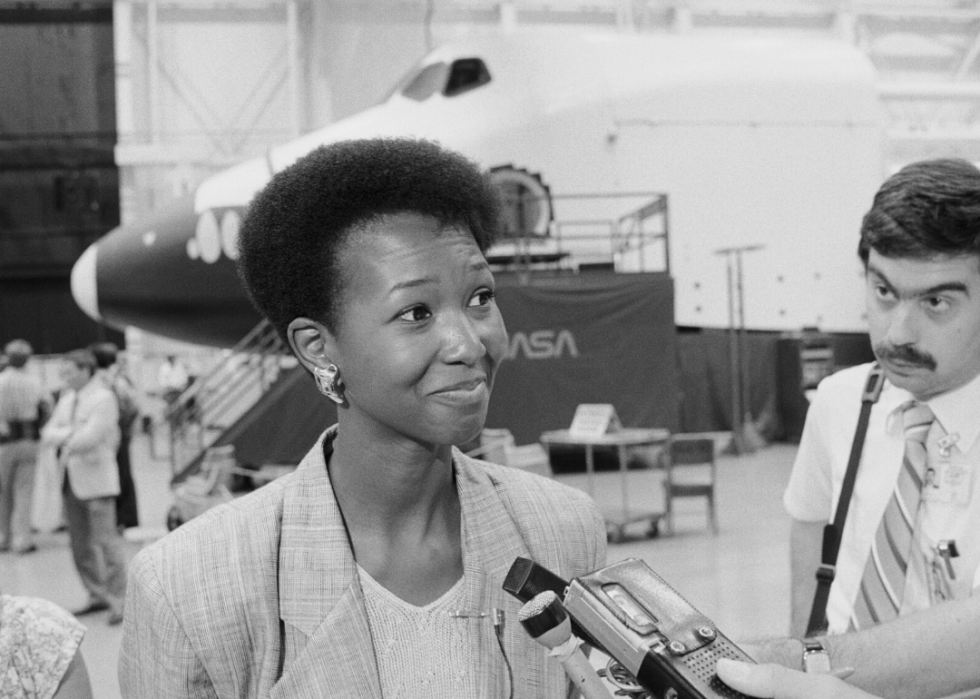
Mae Jemison
In 1992, doctor and astronaut Mae Jemison became the first African American woman to fly in space. She worked in medicine until Sally Ride broke the glass ceiling of space flight, then transitioned to NASA. Jemison went on to head the 100 Year Starship project which aims to get humans to another star within the next 100 years.
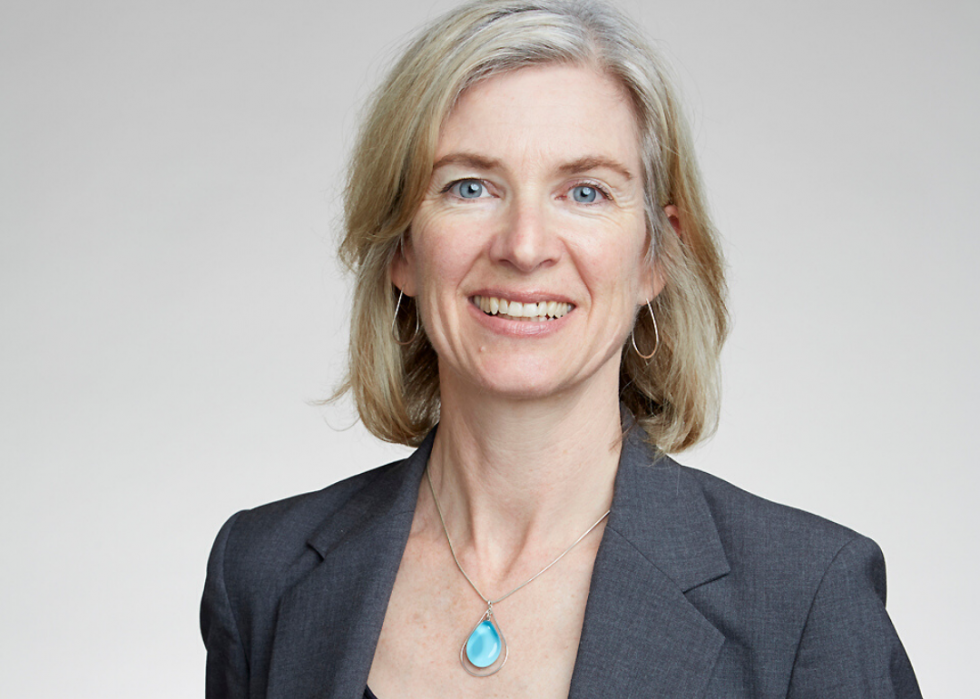
Jennifer Doudna
Jennifer Doudna is the originator of the groundbreaking CRISPR-Cas9 gene-editing tool. Though she made the discovery less than a decade ago, the tool is already in wide use throughout the world. Doudna has also spearheaded research determining the structure and function of RNA, a genetic messenger molecule.
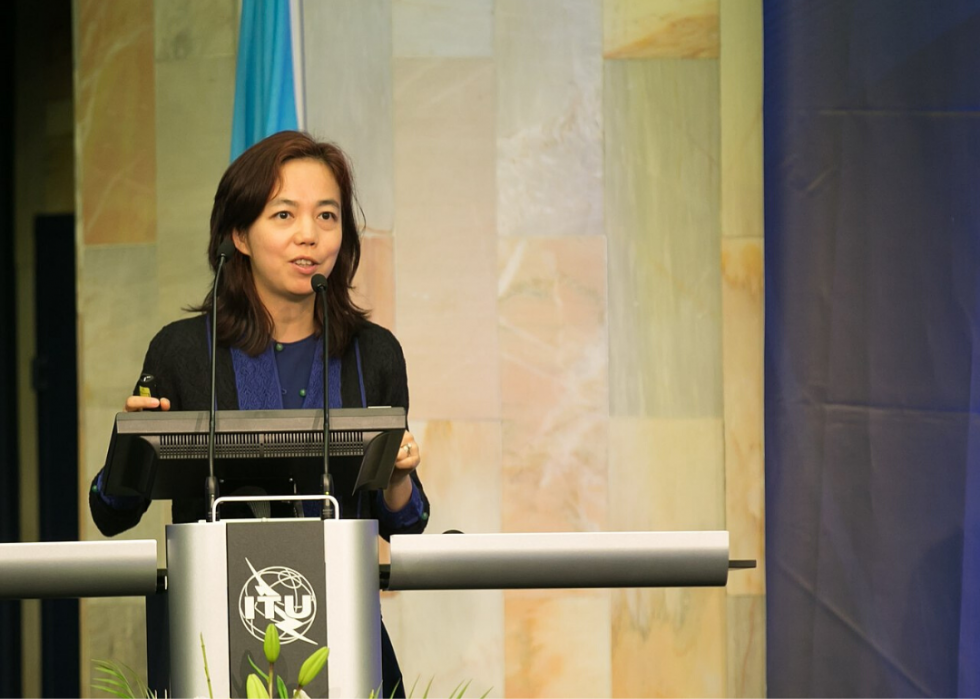
Fei-Fei Li
Chinese American computer scientist Fei-Fei Li, a professor at Stanford University, is a pioneer in artificial intelligence. She invented the database ImageNet, which led to significant developments in the evolution of deep learning. She is also an advocate for diversity in artificial intelligence research and co-founded the nonprofit AI4ALL to achieve this goal.

Maryam Mirzakhani
Mathematician Maryam Mirzakhani was the first woman to achieve the Fields Medal, the most prestigious award in the field. Mirzakhani, who grew up in Iran before moving to the U.S., spent hours drawing to help sort her ideas without copying down the details. Mirzakhani, whose specialty was theoretical mathematics, died in 2017 at 40 after a long battle with breast cancer.
[Pictured: Alex Eskin (R), winner of the 2020 Breakthrough Prize in Mathematics, pays tribute to late Iranian mathematician Maryam Mirzakhani.]
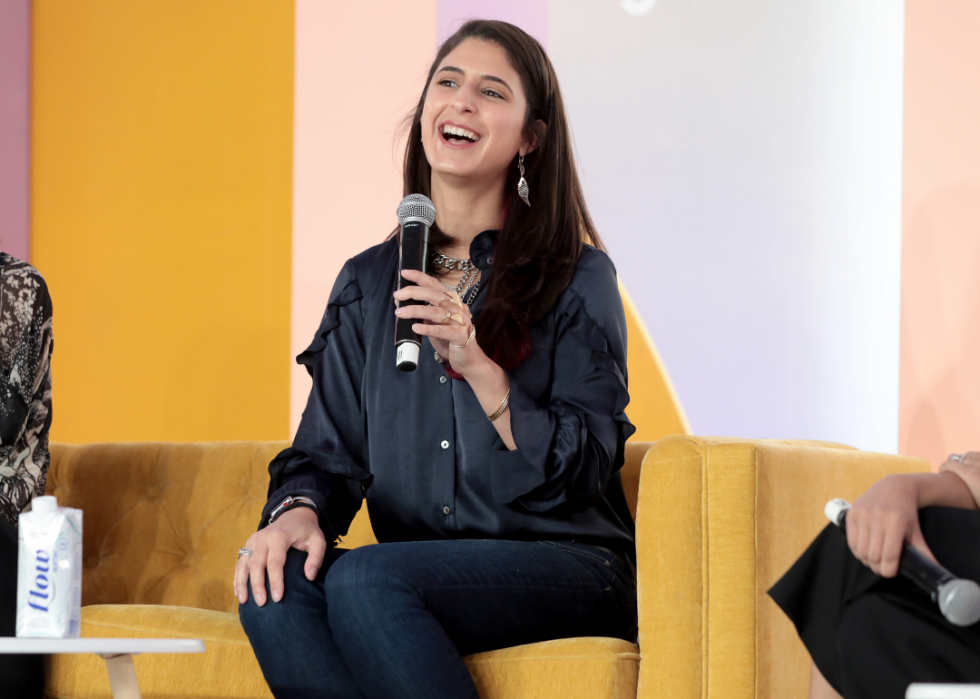
Nina Tandon
American biomedical engineer Nina Tandon grows human bones for skeletal implants. She is the cofounder and CEO of EpiBone, a company using 3D printing and a patient's own stem cells to reconstruct skeletons without plastics or metals. The next stop for her company is human clinical trials.
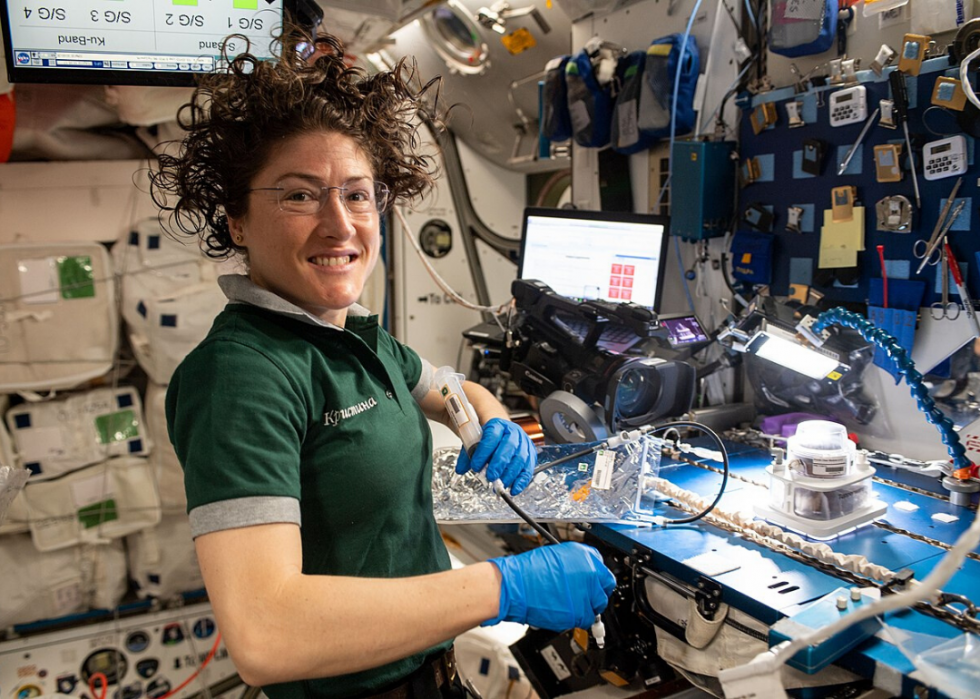
Christina Koch
In February 2020, NASA astronaut Christina Koch set the record for the longest spaceflight by a woman after spending 328 days aboard the International Space Station. Her trip was 12 days shy of Scott Kelly's record for the longest spaceflight by a U.S. astronaut. In 2019, Koch and astronaut Jessica Meir broke another record by taking the first all-female spacewalk, which lasted seven hours.
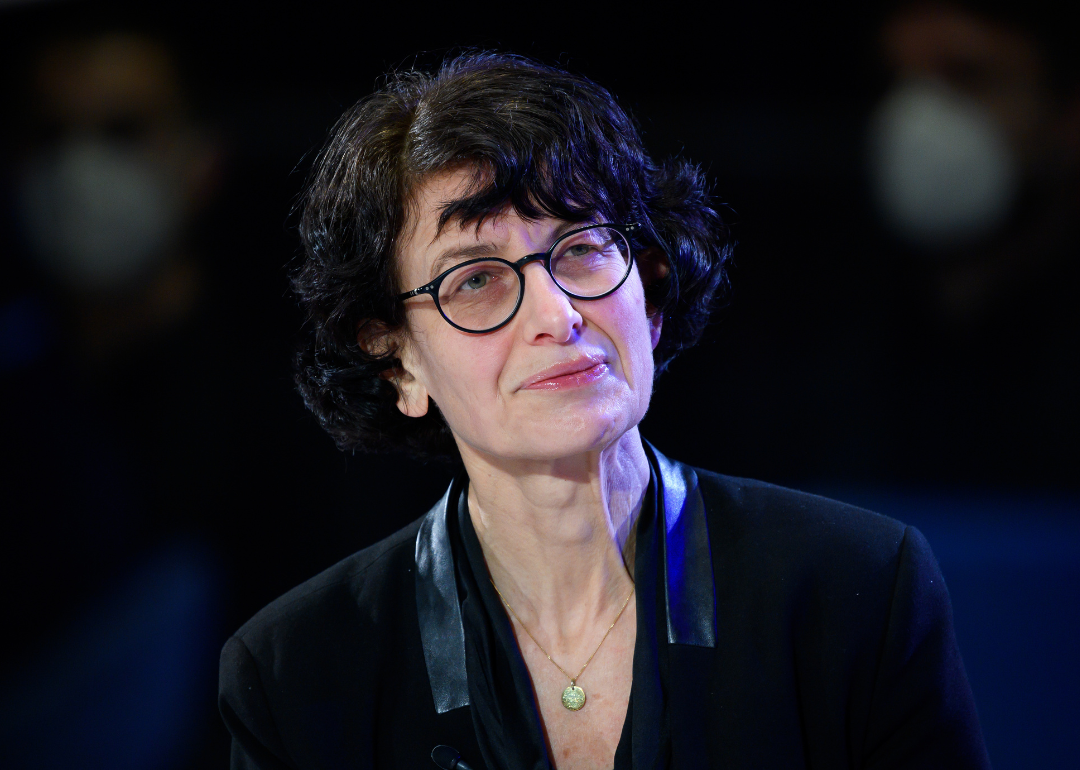
Özlem Tureci
German physician and scientist Özlem Türeci may be best known as the co-founder and chief medical officer of biotechnology company BioNTech. BioNTech created the first mRNA-based vaccine against COVID-19 in 2020. Her research and development work also includes the discovery of cancer antigens and the development of other vaccines and immunotherapies.
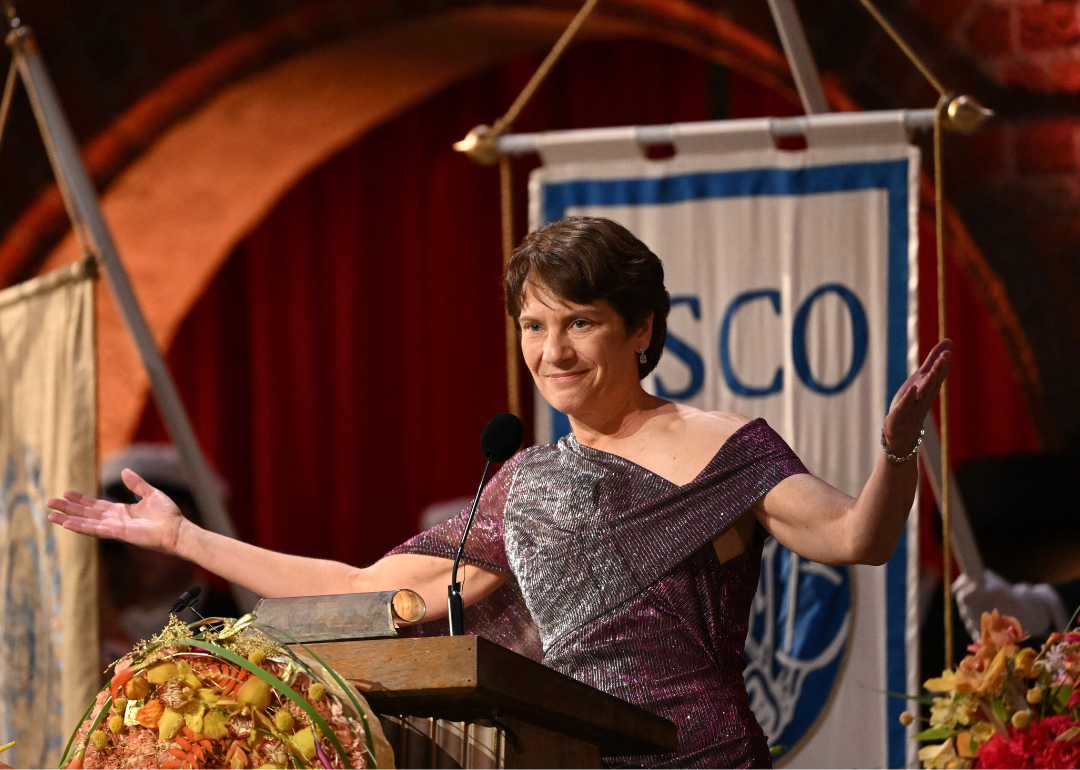
Carolyn Bertozzi
Carol Bertozzi, a Stanford University chemist, won the Nobel Prize in chemistry in 2022. Bertozzi developed a new type of reaction, now called a bioorthogonal reaction, that can occur in living environments—rather than just in labs—with no interference with other biochemical processes. This type of reaction is being used to improve cancer treatment drugs.
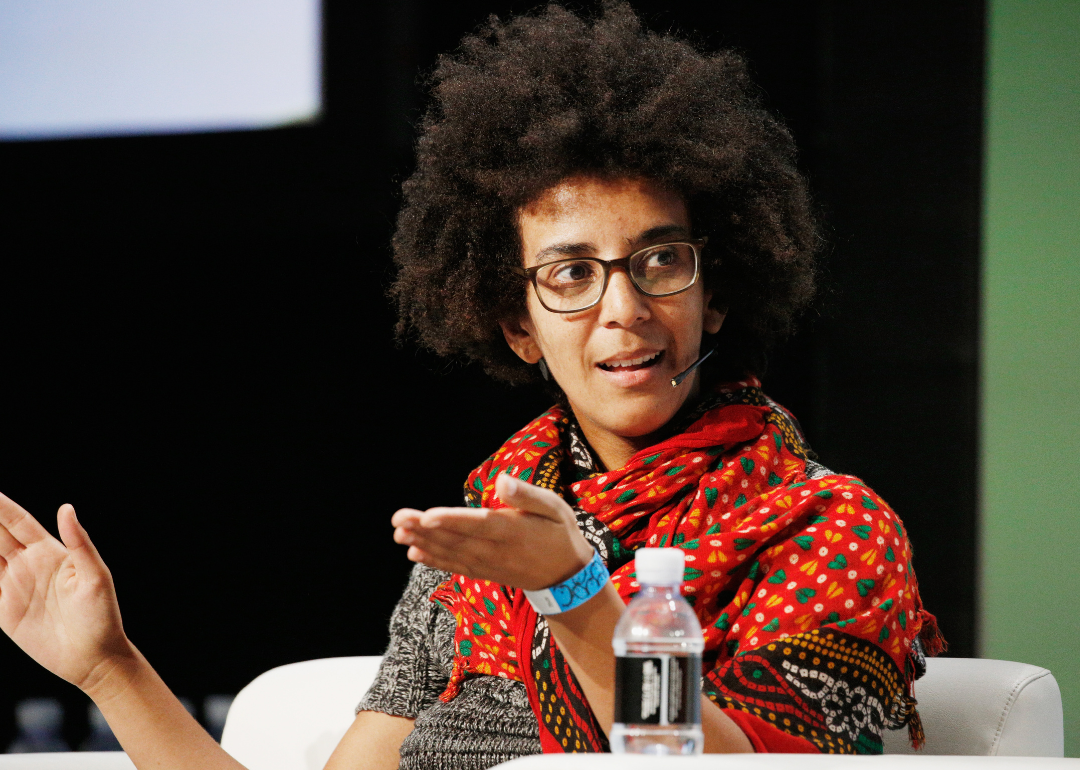
Timnit Gebru
Timnit Gebru is a computer scientist and researcher studying algorithm bias and ethics in the field of artificial intelligence. Despite being co-lead of Google's Ethical Artificial Intelligence Team, the company terminated her employment when she refused to retract a research paper that exposed the potential biases of a now-popular AI tool called large language models.
She went on to found independent AI research company Distributed AI Research Institute (DAIR). Gebru made Time's "100 most influential people" list of 2022 and Nature's "10 people who helped shape science" list in 2021.

